Designing your garden is both an art and a science, a chance to shape nature into a space that fits your lifestyle and tastes while maximizing every inch of your outdoor area. Whether you're working with a sprawling backyard or a cozy balcony, garden layouts are key to unlocking the full potential of your space. From raised beds to vertical gardens, and from water features to native plant designs, the right layout can transform even the simplest plot into a lush, functional haven. Ready to make the most of your outdoor area? Here are 25 inspiring garden layout ideas that will help you turn your gardening dreams into reality.
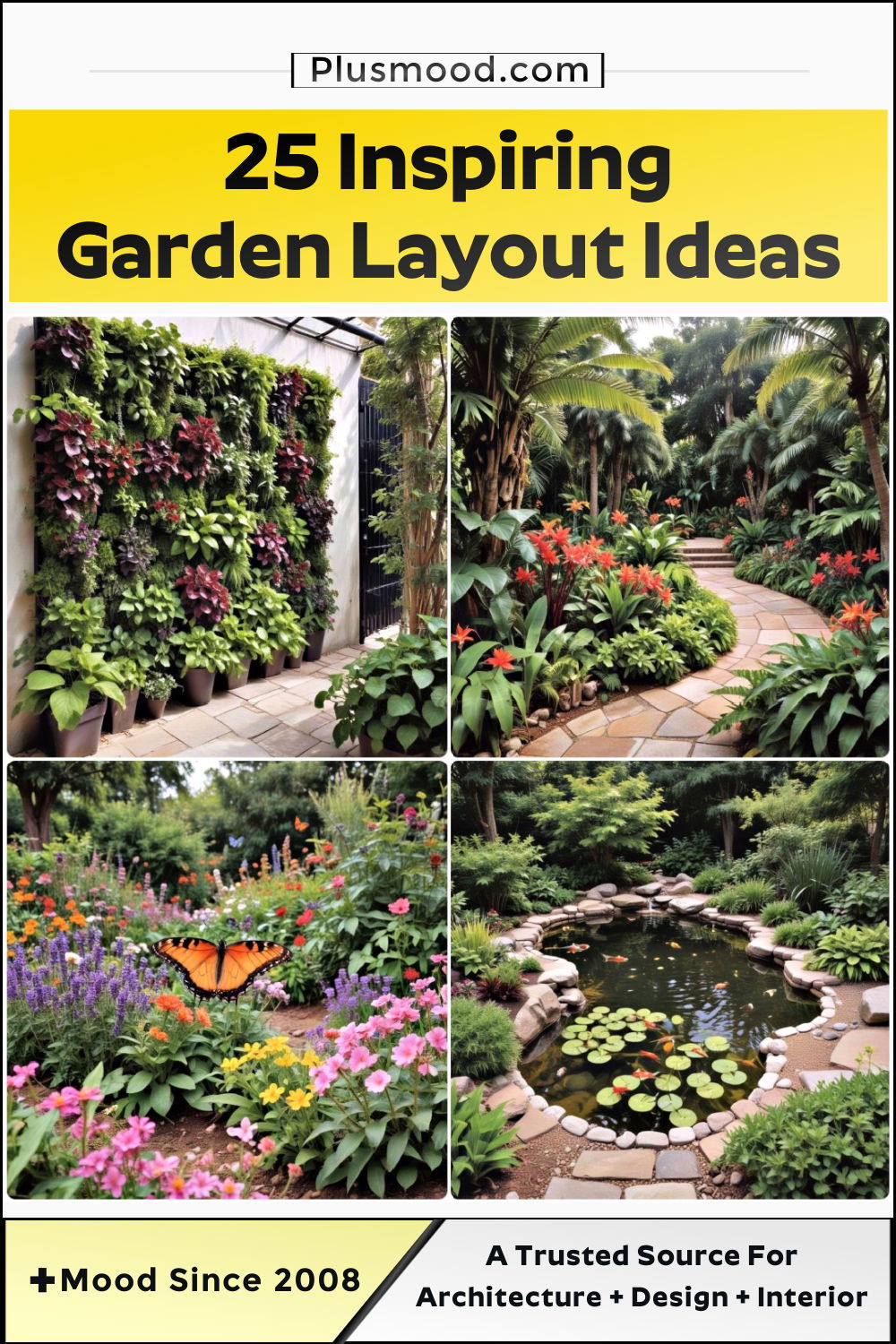
1. Raised Bed Gardens
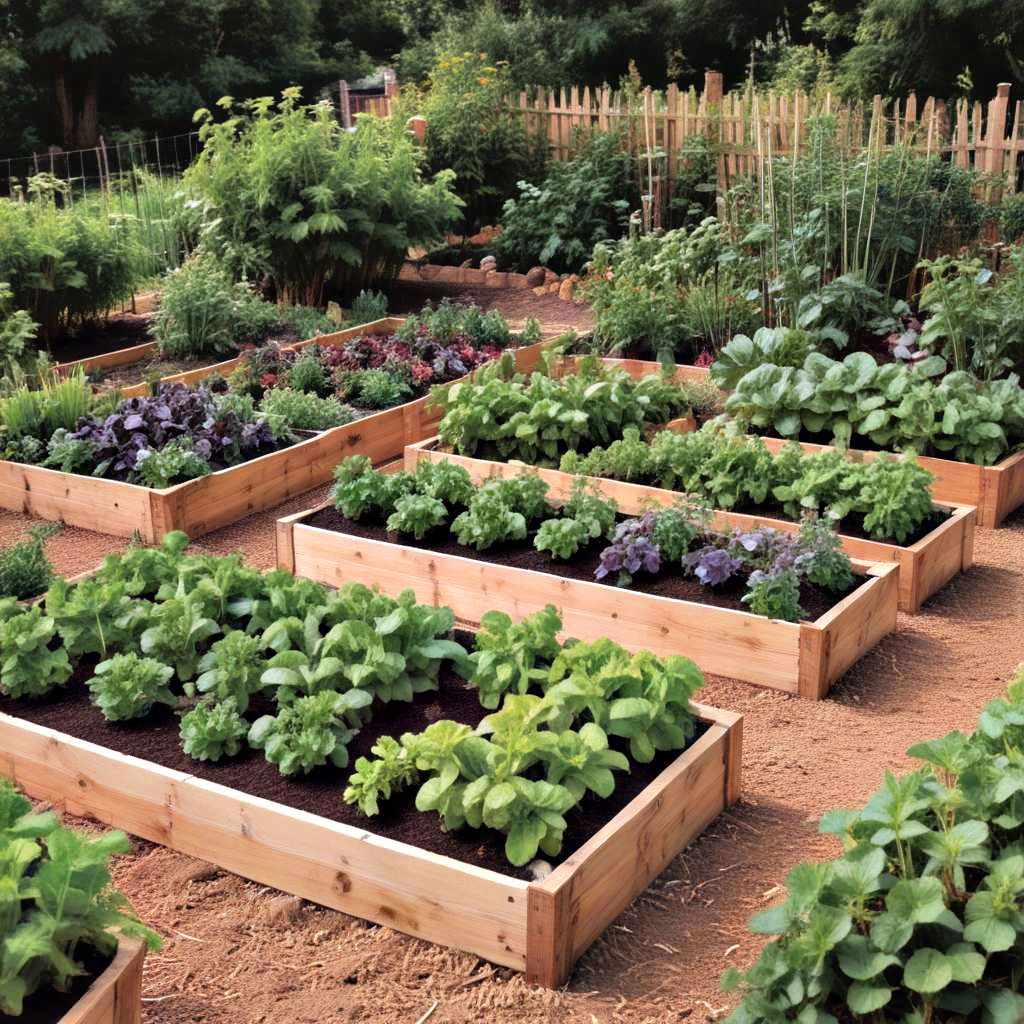
Starting a raised bed garden brings your plants closer to you, and can be perfect for growing an array of herb garden ideas to add flavor to your garden. This approach streamlines watering, pest control, and harvesting. Raised beds, often constructed from wood or metal, allow you to create a custom soil mix for optimal plant health, ensuring a bountiful yield.
2. Container Gardening
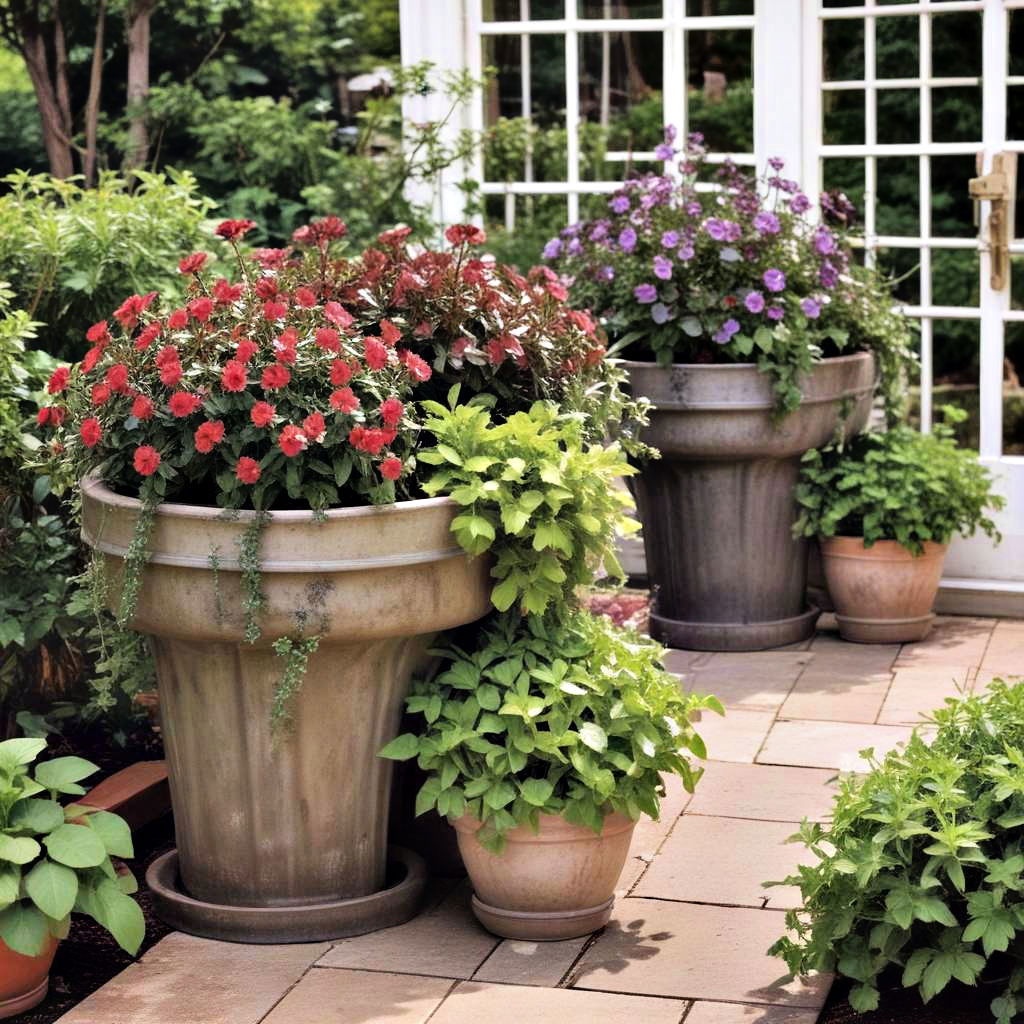
Container gardening is the perfect solution for space-challenged gardeners, and one practical idea includes creative cinder block garden ideas for a cost-effective solution. Utilizing pots or planters, this method allows you to grow everything from herbs to shrubs. Beyond its versatility, container gardening offers the advantage of mobility, making it easy to react to your plants' needs and adjust for the best sun exposure.
3. Vertical Gardens
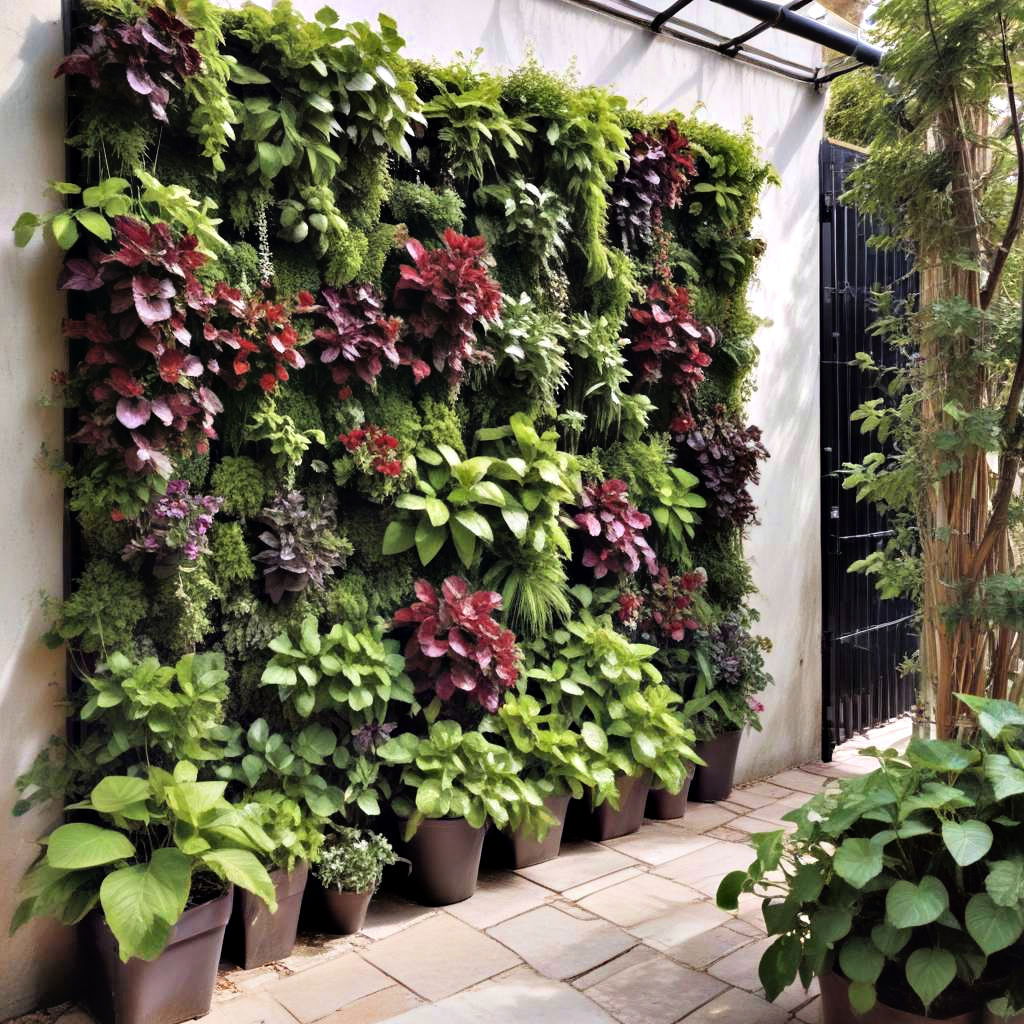
Discover creative garden layout ideas to maximize space and enhance your outdoor oasis. When ground space is scarce, think up! Pairing vertical gardens with well-thought-out backyard landscaping ideas can create a harmonious outdoor space, utilizing both ground and wall areas efficiently. This innovative approach not only saves space but can also create microclimates and reduce heat exposure. Ideal for climbing plants, vertical gardens add a green, vibrant dimension to any area.
4. Cottage Gardens
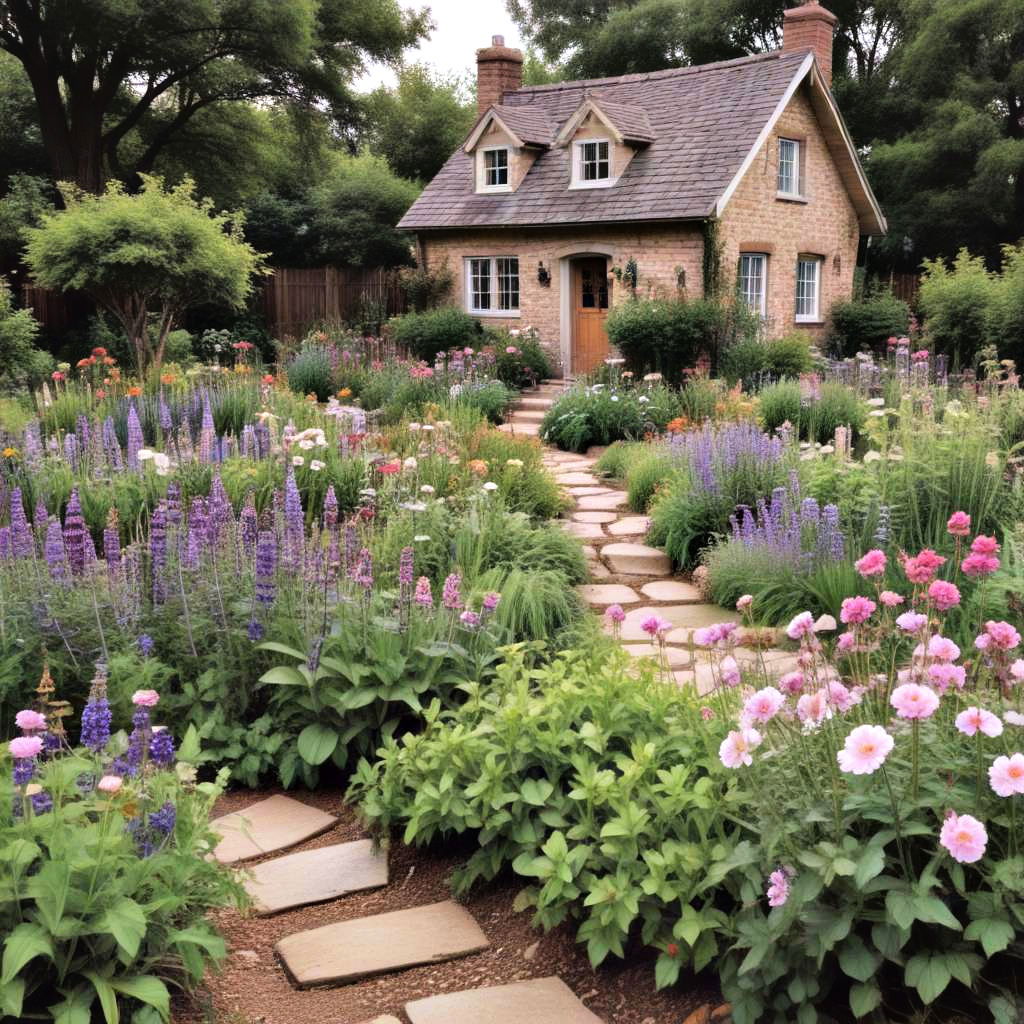
Cottage gardens overflow with charm, much like traditional English garden ideas that combine dense planting and natural beauty. This style emphasizes dense plantings, perennial favorites, and aromatic herbs, creating a relaxed, wildlife-friendly haven. It’s an invitation to biodiversity, linking beauty with purpose.
5. Formal Gardens
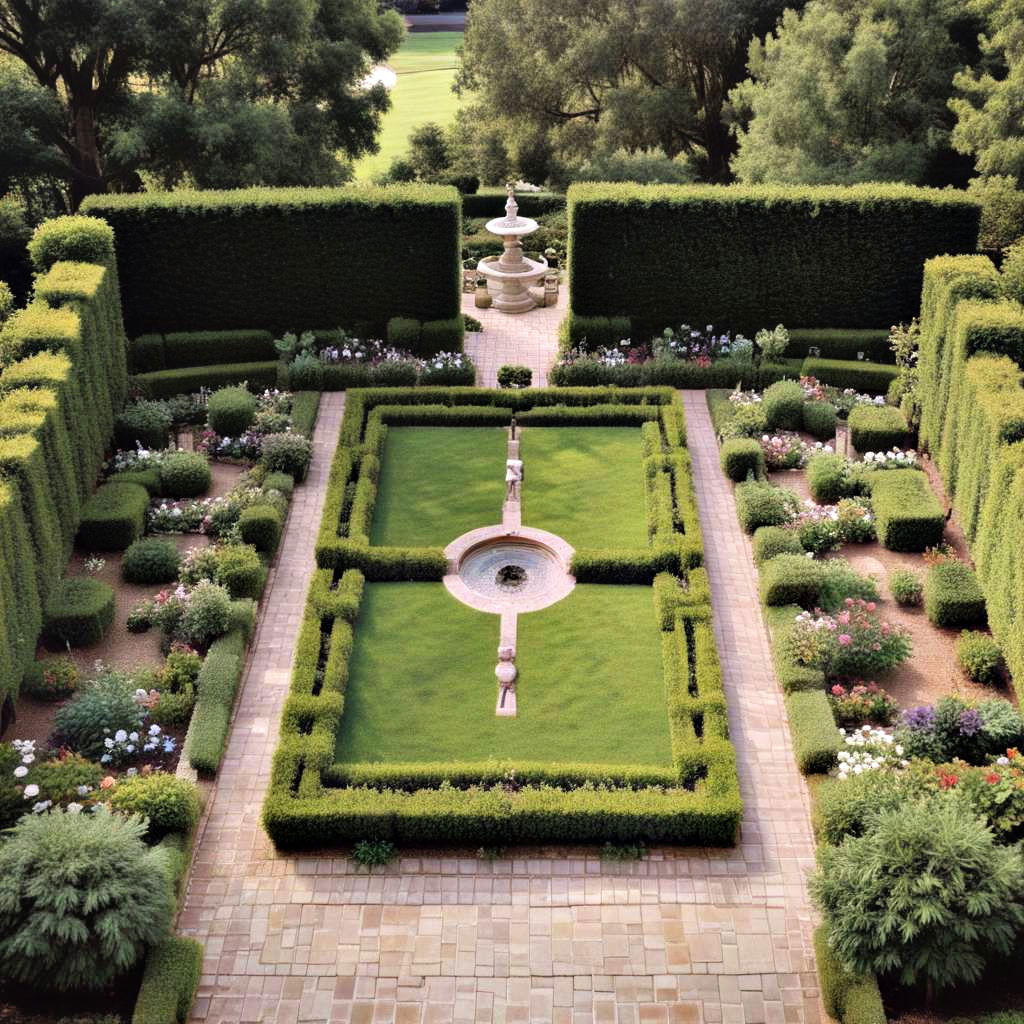
Inspired by classical designs, formal gardens are all about symmetry, structure, and control. Characterized by geometric beds, manicured lawns, and often a central fountain or statue, they project elegance and order. This garden type, like many formal garden ideas, requires more maintenance but offers an elegant and structured retreat.
6. Butterfly Gardens
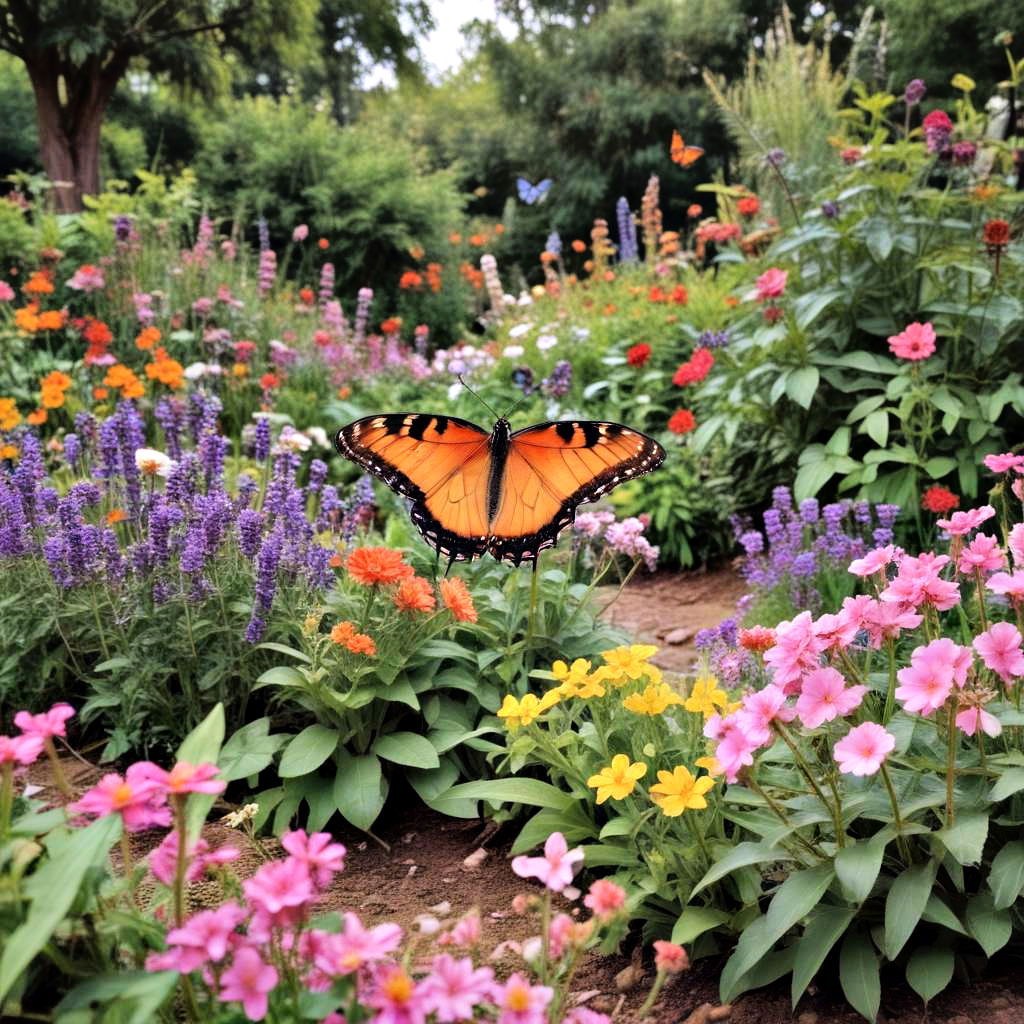
Butterfly gardens are sanctuaries for these lovely pollinators, designed with plants that cater to their lifecycle needs. By including nectar-rich flowers and host plants for caterpillars, such a garden not only supports biodiversity but also provides a colorful and dynamic viewing experience as butterflies flutter from plant to plant.
7. Herb Gardens
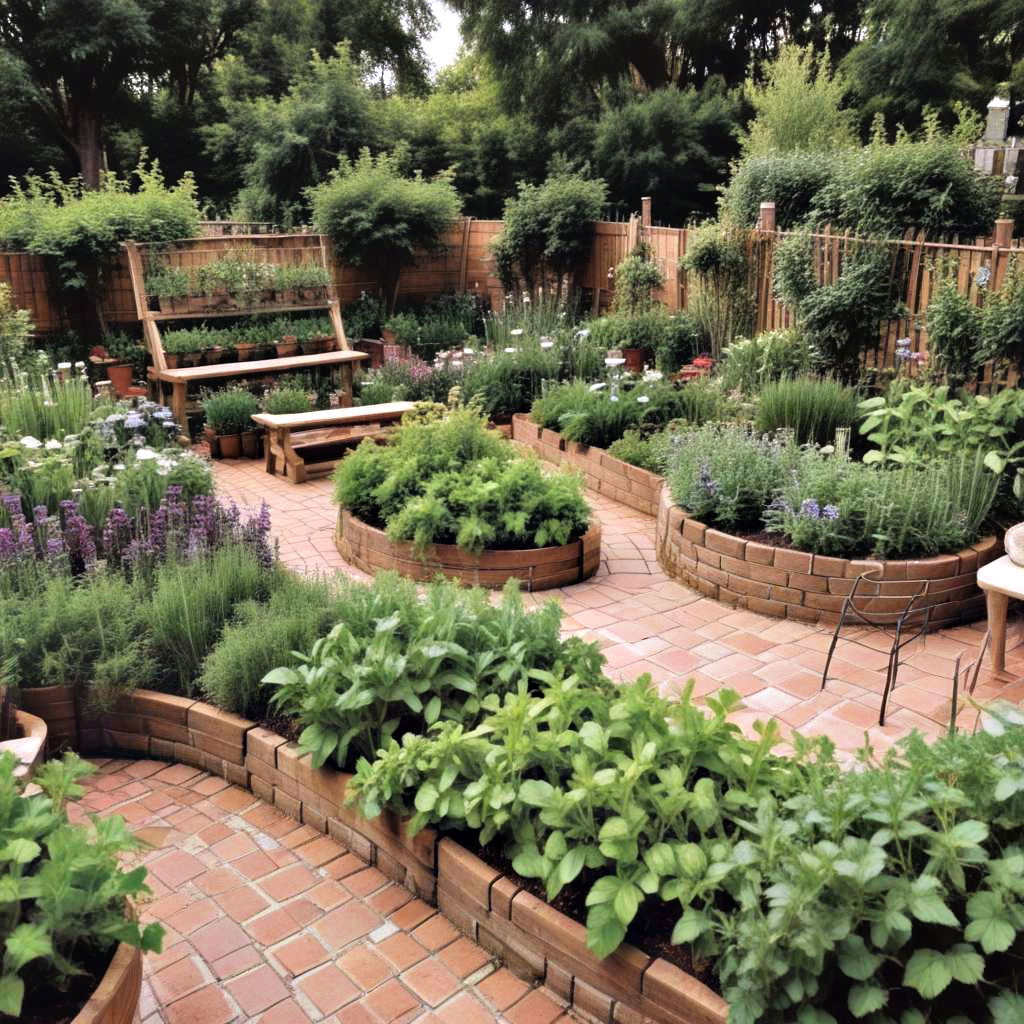
Dedicated herb gardens are both practical and aromatic wonders, focusing on culinary or medicinal plants. Easily accessible from the kitchen, they offer fresh, flavorful additions to meals. Moreover, the variety of textures and fragrances enhances the garden's sensory appeal, merging utility with natural beauty.
8. Japanese Gardens
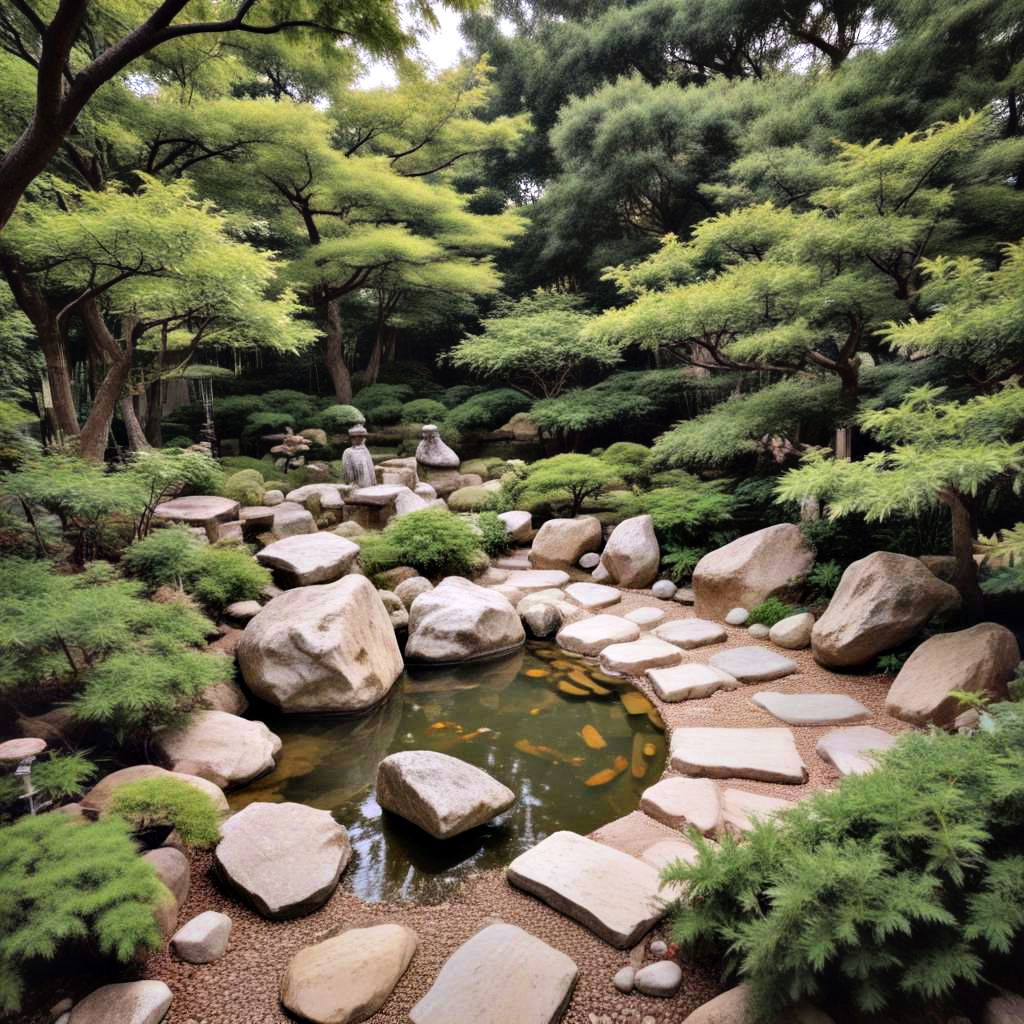
Explore efficient garden layouts that bring beauty and organization to your garden space. Japanese gardens embody tranquility and natural beauty, emphasizing harmony and balance. Elements like flowing water, rocks, and meticulously pruned plants create a serene, meditative space. This garden type is a refuge for contemplation, crafted to reflect the ephemeral beauty of nature.
9. Rock Gardens
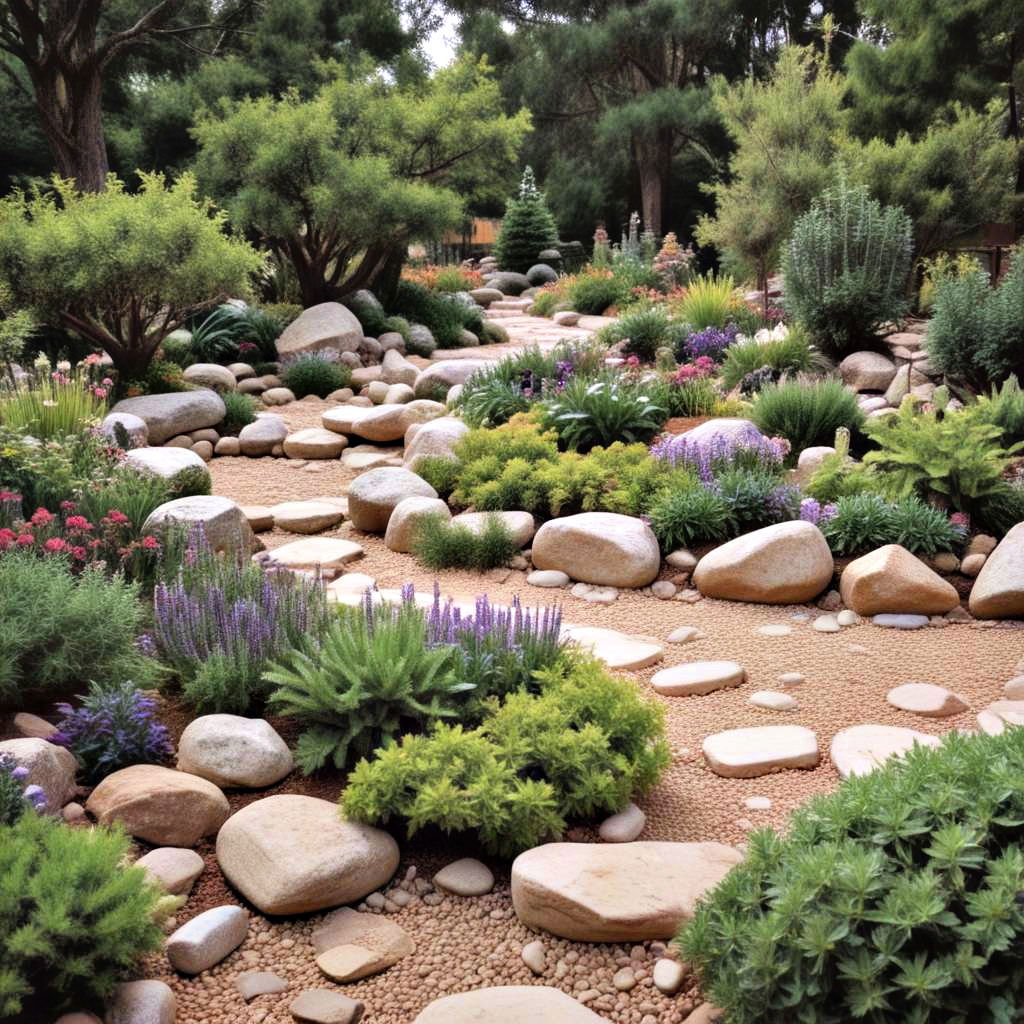
Rock gardens celebrate the rugged beauty of nature, and pairing them with concrete patio ideas enhances the modern rustic appeal of your outdoor space. They offer a striking contrast to the lush greenery of traditional gardens, requiring minimal water and care. This garden style is ideal for creating a focal point in your outdoor space.
10. Water Gardens
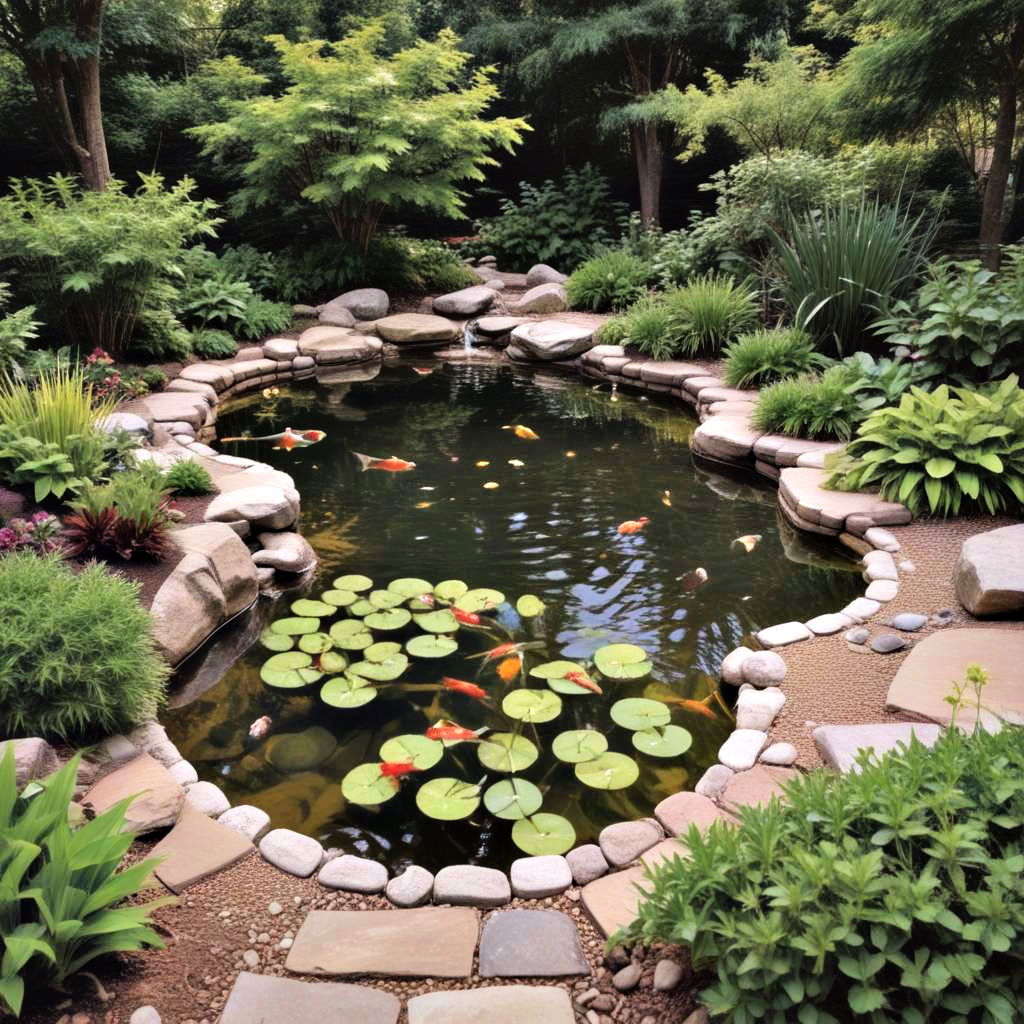
Water gardens bring the soothing presence of water, often enhanced by pond waterfall ideas to create a peaceful and serene ambiance. This type of garden creates a habitat for a variety of wildlife while offering a peaceful retreat. The sound of water adds a calming backdrop, enhancing the sensory experience.
11. Edible Gardens
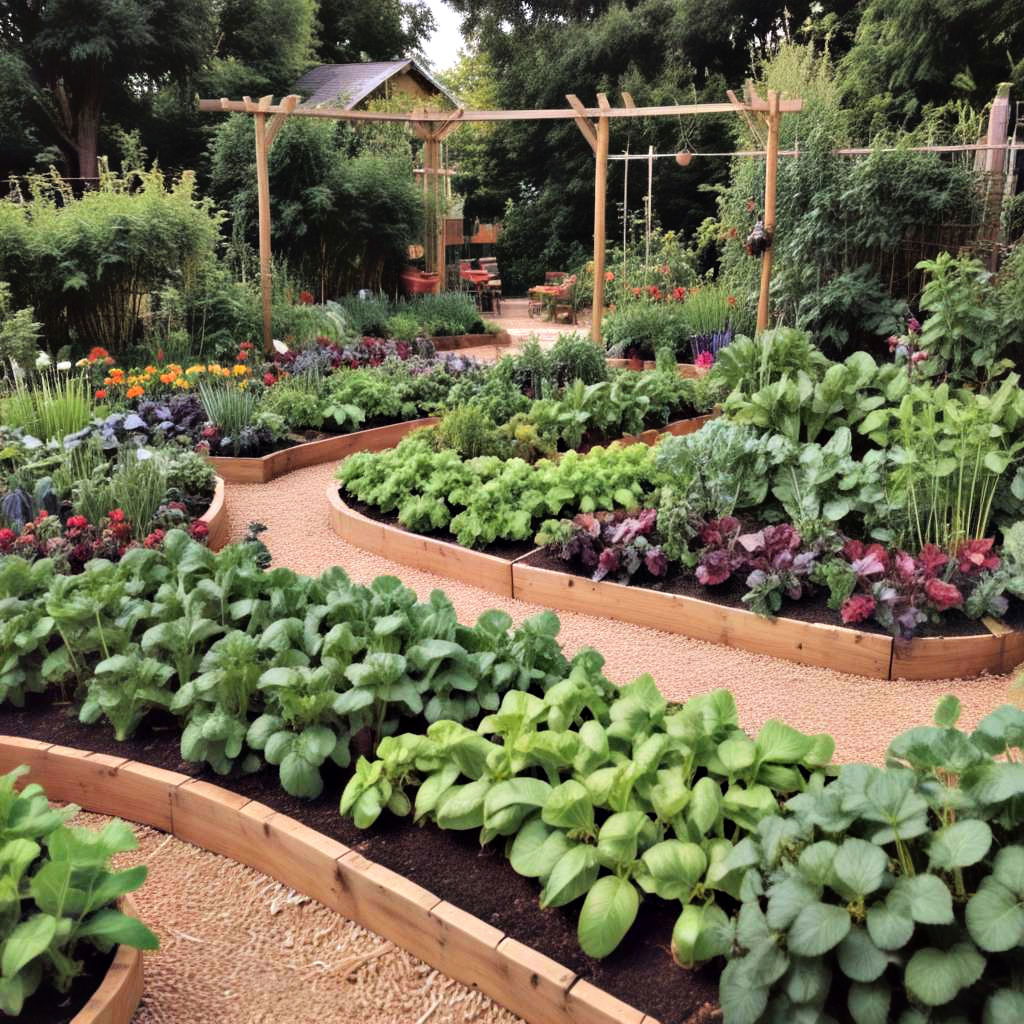
Edible gardens mix beauty with nutrition, allowing you to grow your own fruits, vegetables, and herbs. This garden type not only provides fresh, healthy produce but also encourages sustainable living. Designing your garden with food in mind can also be a delightful way to educate and engage the whole family in gardening.
12. Perennial Borders
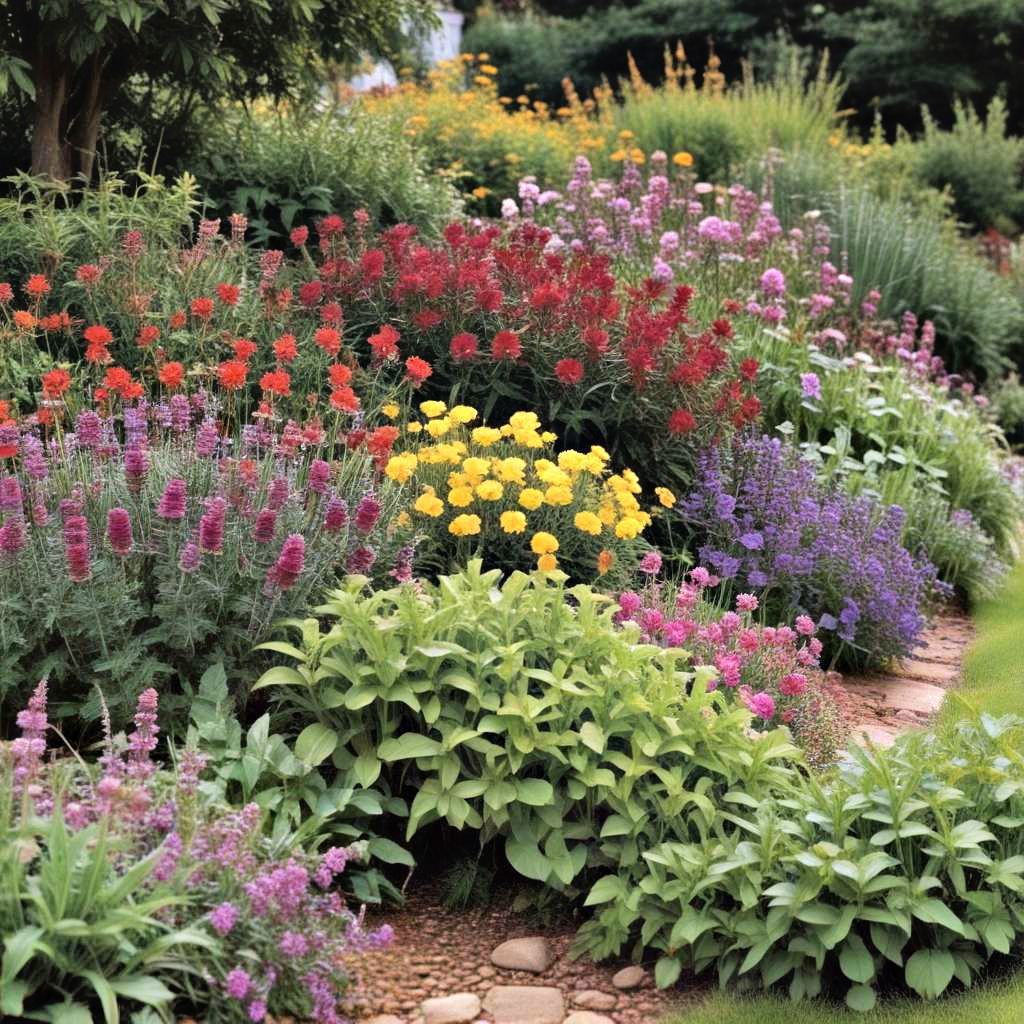
Perennial borders bring year-after-year colors with plants that bloom at different times, creating a dynamic display. Careful planning ensures a continuous flow of colors and textures throughout the seasons, making it a highlight of any garden. This approach reduces the need for replanting and maintenance, allowing more time to enjoy the beauty.
13. Wildlife Gardens
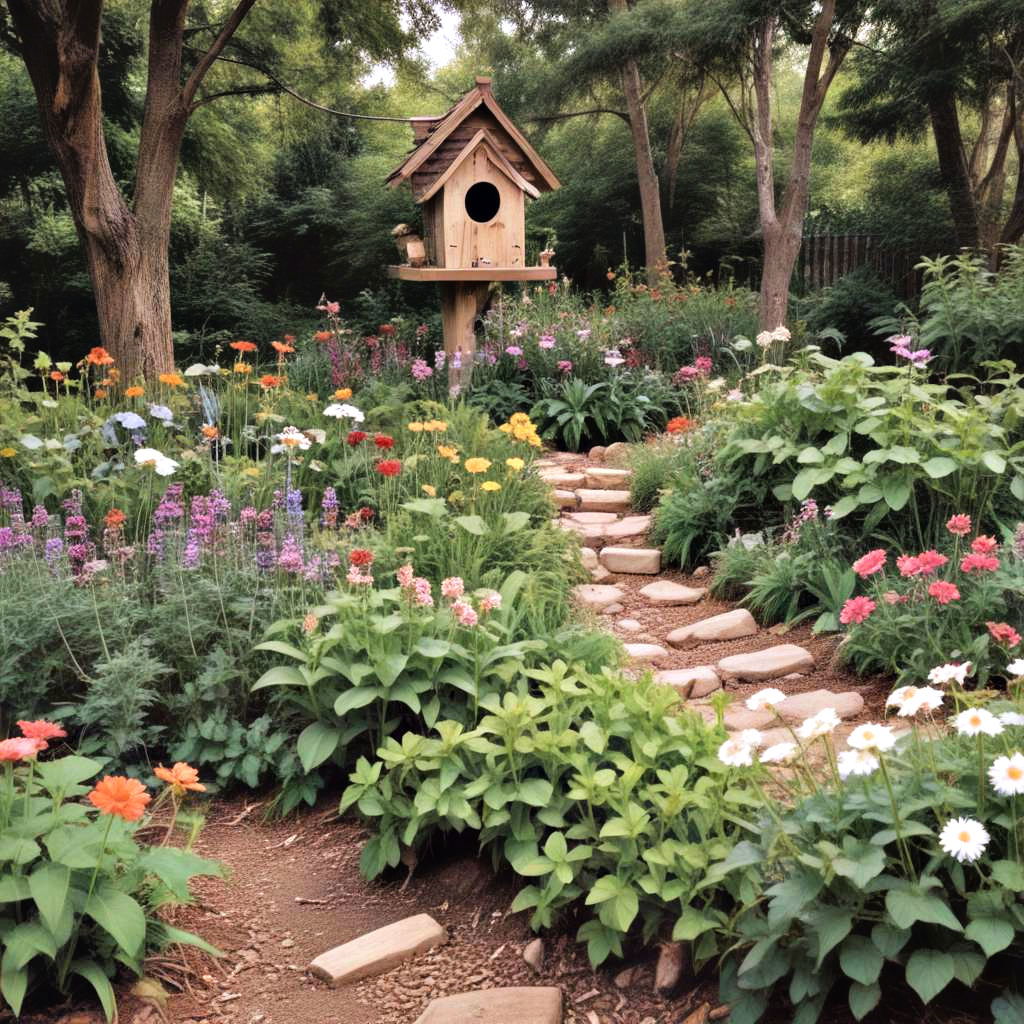
Wildlife gardens are designed to attract birds, bees, butterflies, and other beneficial creatures, providing a haven for biodiverse ecosystems. Using native plants and creating habitats, such as birdhouses and water sources, encourages wildlife to visit and thrive. This garden type blends conservation with observation, offering endless moments of discovery and joy.
14. Mediterranean Garden
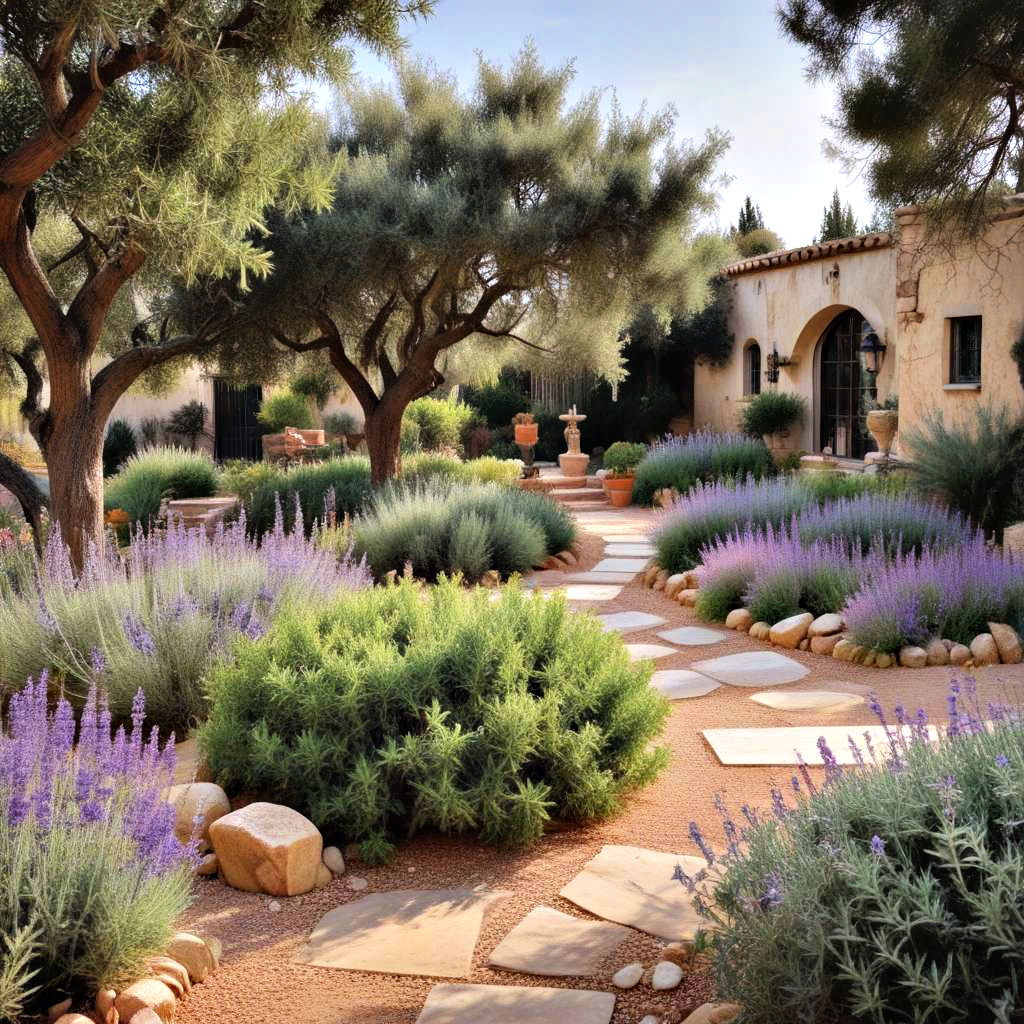
Plan your perfect garden with a thoughtful garden layout design for both aesthetics and functionality. Drawing inspiration from the warm, rustic landscapes of Southern Europe, Mediterranean gardens feature olive trees, lavender, sage, and other drought-resistant plants. This garden style thrives under the sun, requiring minimal water, and its gravel paths and terracotta accents evoke a sense of being on a permanent holiday.
15. Moon Garden
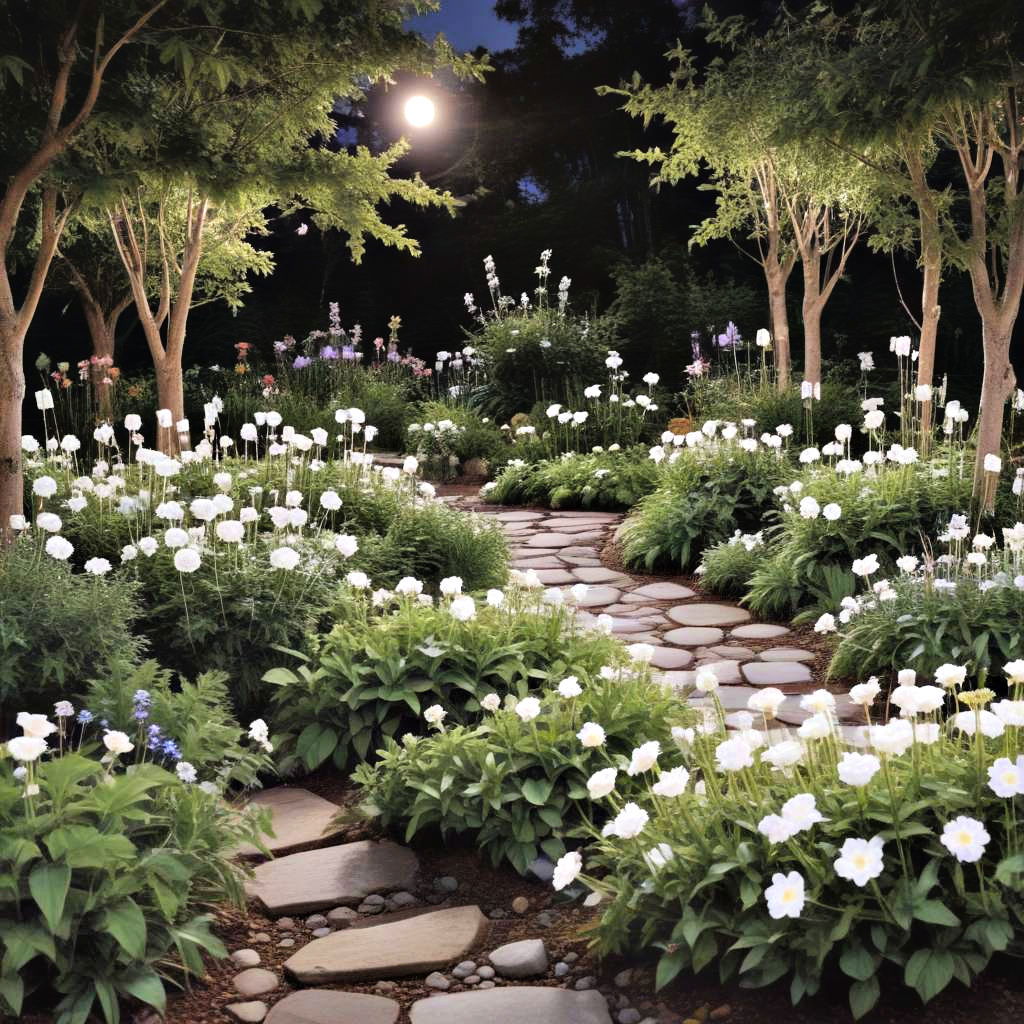
Designed for nighttime enjoyment, a moon garden focuses on plants with white flowers and foliage, as well as those that release their fragrance after dark. These gardens come alive in the moonlight, offering a magical, serene space to unwind. Including night-blooming flowers ensures there's always something special waiting as the sun sets.
16. Native Plant Garden

By focusing on plants indigenous to the area, native plant gardens require less maintenance and water than traditional gardens. They provide vital habitats for local wildlife and contribute to the preservation of regional flora. This type of garden blends seamlessly into the surrounding landscape, celebrating the natural beauty of the locale.
17. Sensory Garden
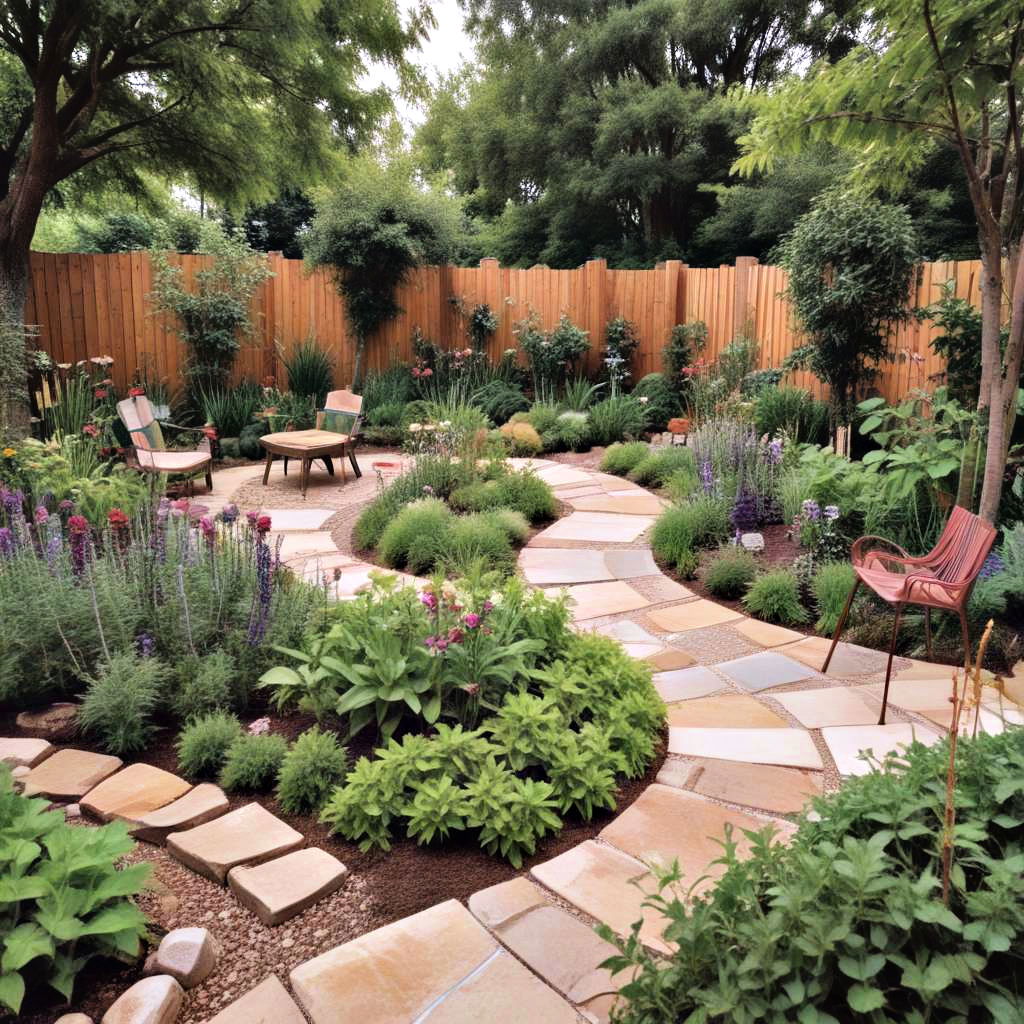
Sensory gardens are designed to stimulate all the senses, featuring plants and elements that are touchable, fragrant, visually appealing, and even edible. Adding wind chimes, water features, and textured walkways enhances the experience, making it an inclusive, interactive space for visitors of all ages and abilities.
18. Tropical Garden
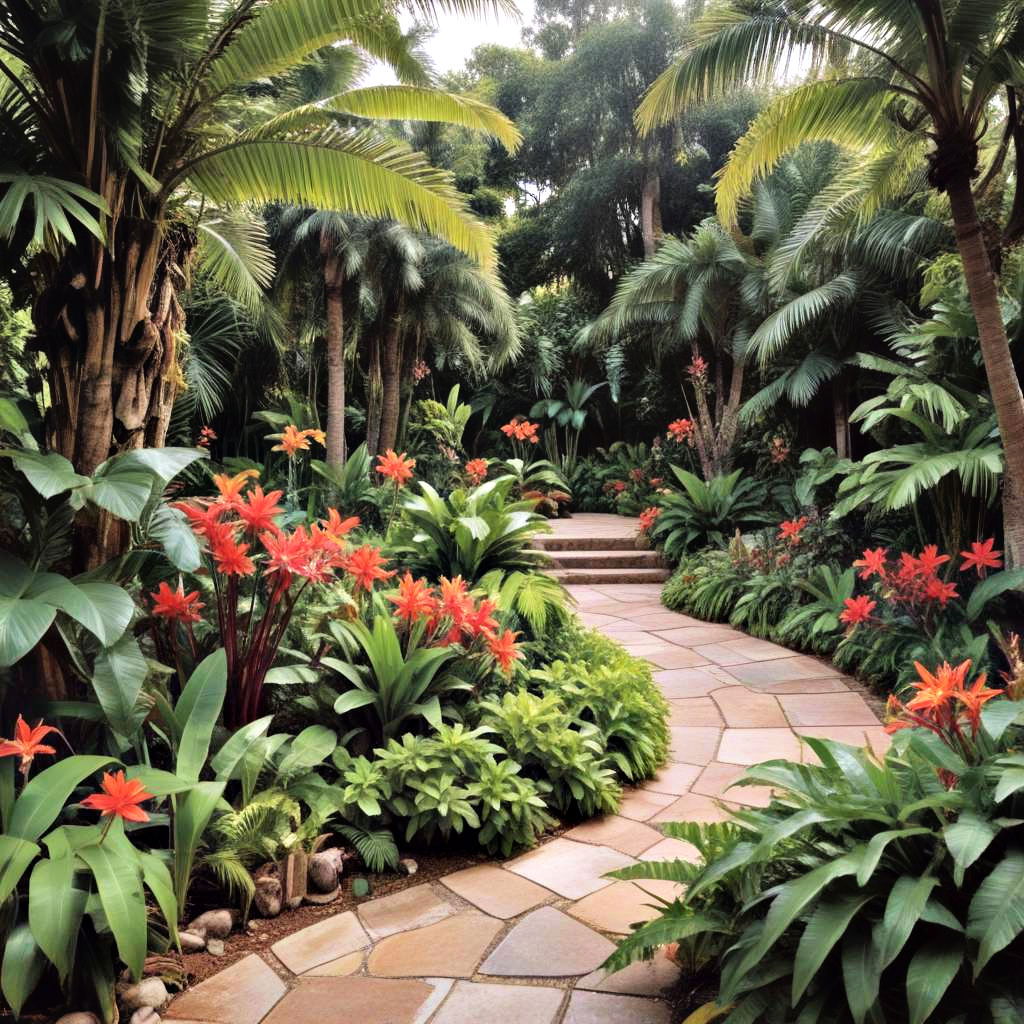
Get inspired with practical garden setup ideas to create a thriving and beautiful outdoor area. Lush, dense foliage characterizes tropical gardens, transporting you to a paradise filled with vibrant flowers, large leafy plants, and palm trees. These gardens require warm climates or a greenhouse to thrive, offering a year-round exotic retreat with their humid atmosphere and colorful blooms.
19. Xeriscape Garden
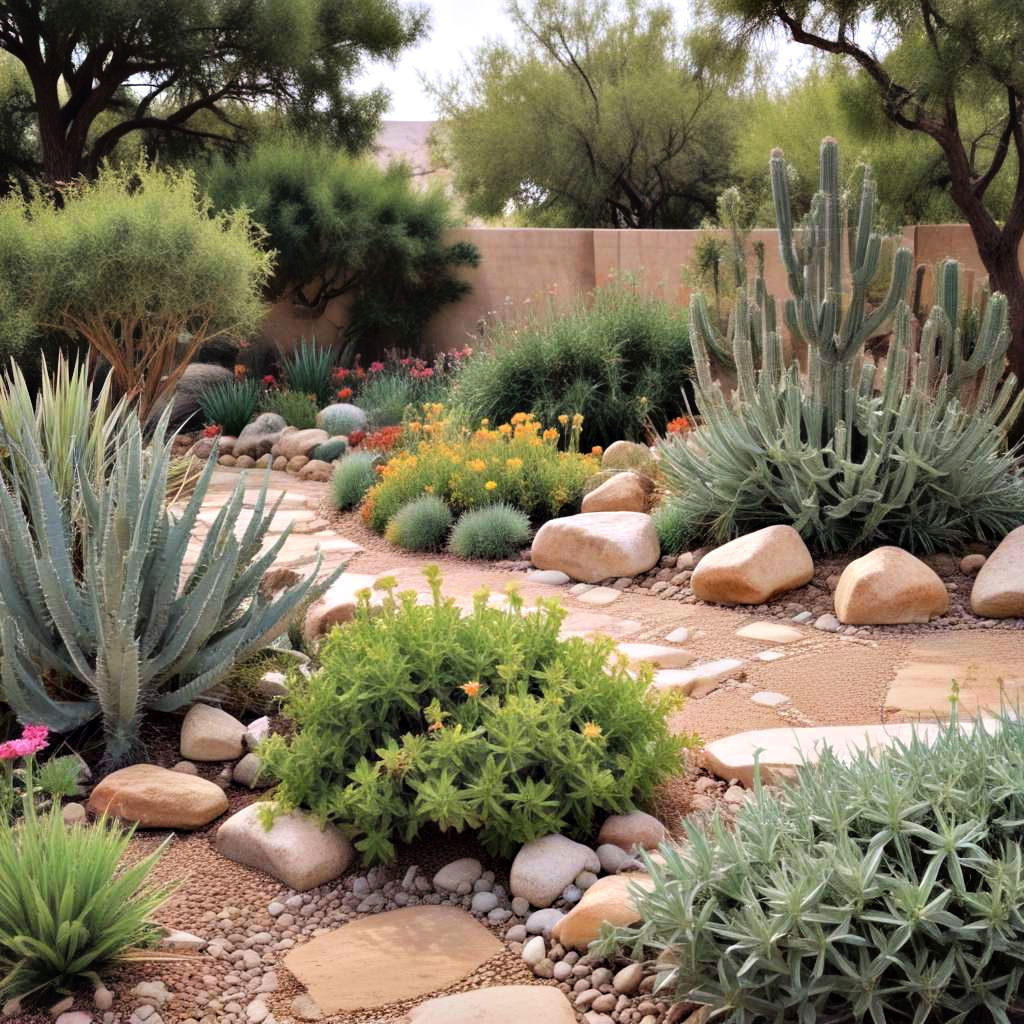
Xeriscaping is a gardening philosophy that minimizes water use and can be paired with driveway landscaping ideas to create a cohesive, eco-friendly outdoor space. Focusing on drought-tolerant plants and efficient irrigation, xeriscape gardens are not only sustainable but also offer varied textures and colors, proving that low water doesn't mean low appeal.
20. Woodland Garden
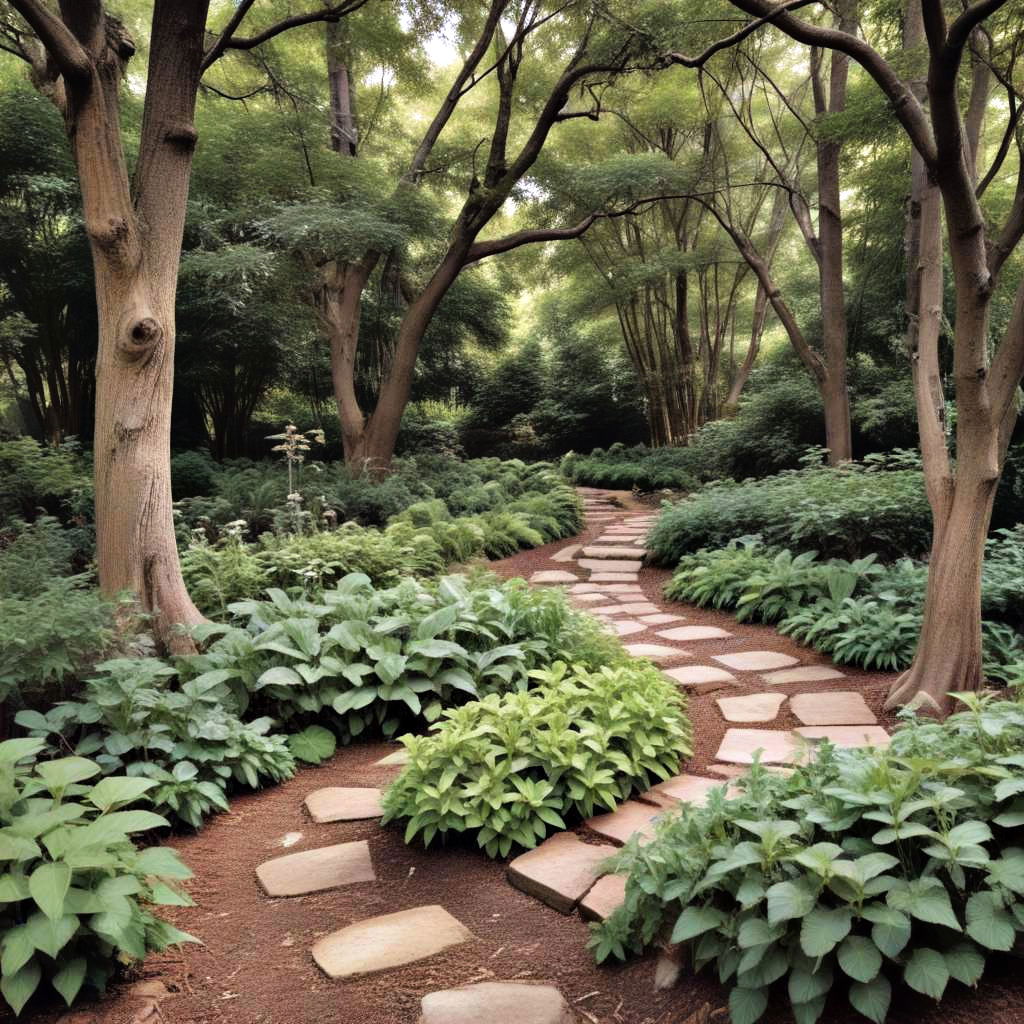
Emulating a forest clearing, woodland gardens utilize shade-tolerant plants, trees, and shrubs to create a serene, shaded oasis. This garden style delights in its layers, from the canopy overhead to the groundcover below, inviting a sense of exploration and connection with nature’s quiet side.
21. Modernist Garden
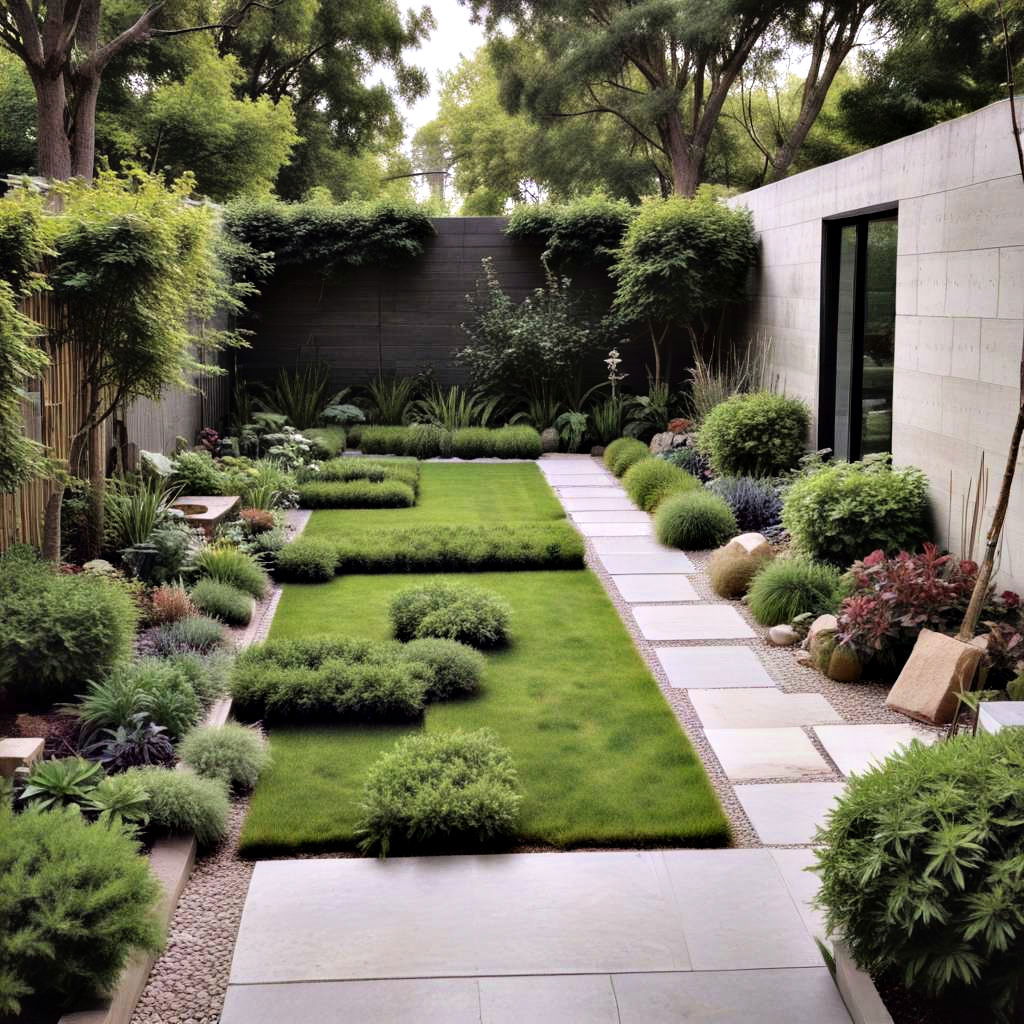
Modernist gardens reflect contemporary design principles, featuring minimalistic layouts, geometric shapes, and a restrained plant palette. They often incorporate hard landscaping elements like concrete or metal, emphasizing form and space. This garden type exudes sophistication and complements the architecture of modern homes.
22. Pollinator Garden

Pollinator gardens focus on attracting bees, butterflies, and other pollinating insects essential for a healthy ecosystem. By planting a mix of native flowers and providing water sources, these gardens contribute to the conservation of pollinator populations, all while offering a vibrant and dynamic display.
23. Healing Garden
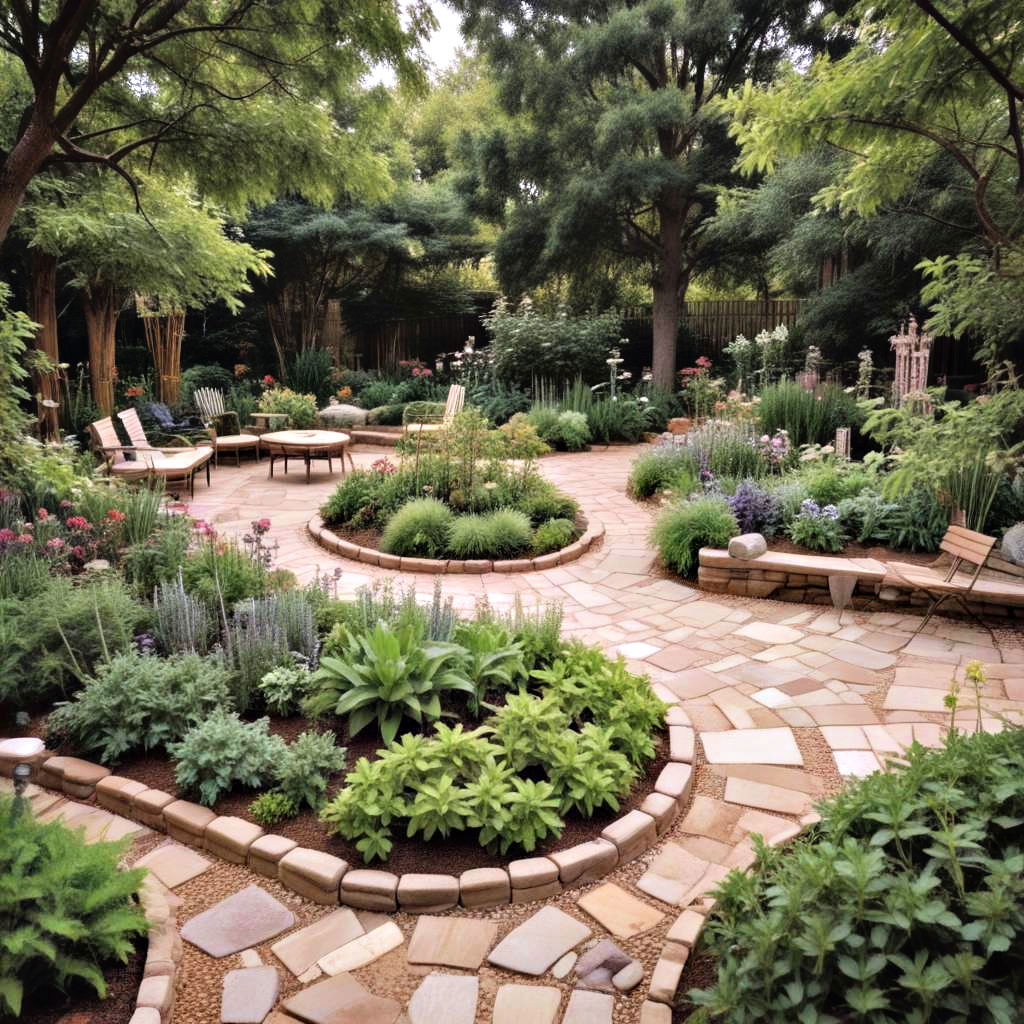
Healing gardens are designed to offer comfort and stress relief, often found in hospitals, schools, and community spaces. They include tranquil elements like water features, comfortable seating, and a variety of plants that engage the senses, supporting emotional and physical well-being.
24. Historical Garden
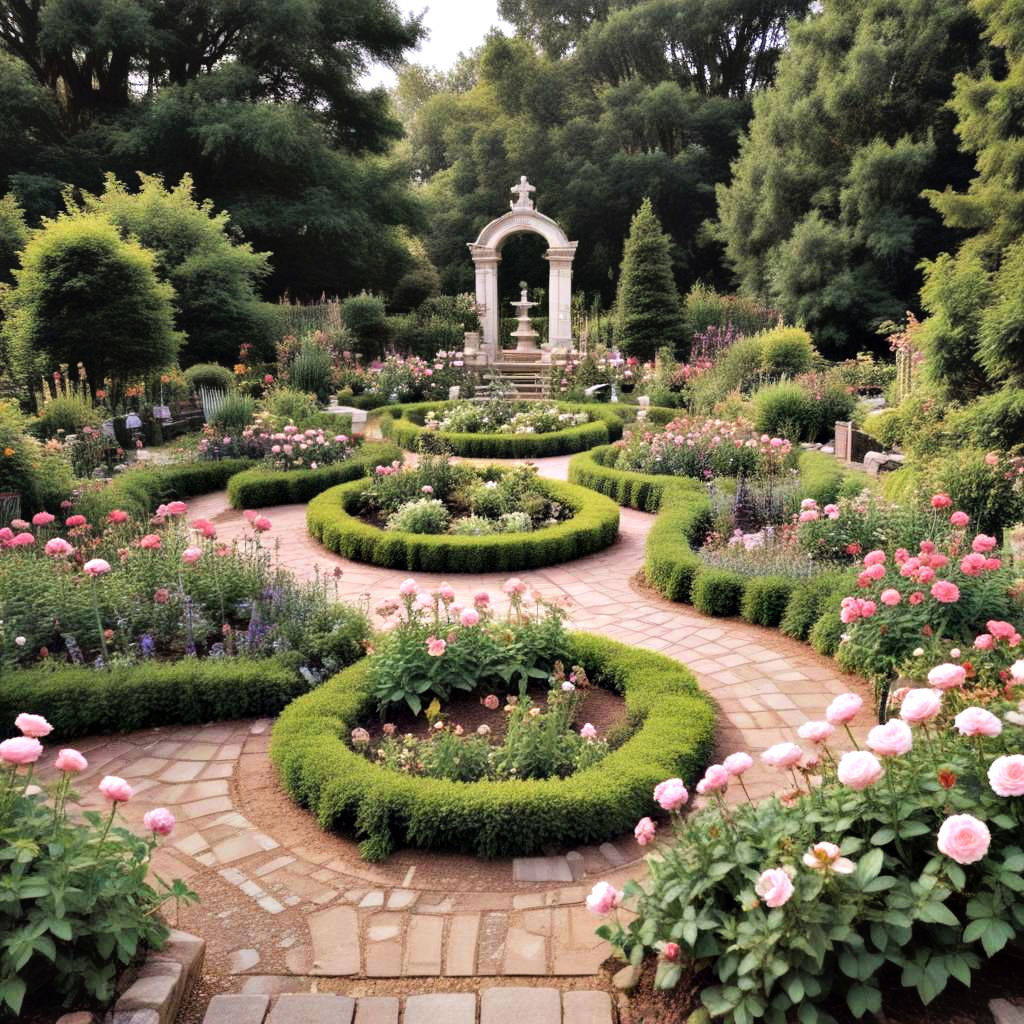
Elevate your outdoor space with customized garden layout designs tailored to your gardening needs. Historical gardens are faithful recreations or preservations of gardening styles from the past, offering a glimpse into a bygone era. Whether it's a Victorian rose garden or a Renaissance labyrinth, they embody the gardening philosophies and aesthetic preferences of their time, inviting reflection on the history of horticulture.
25. Children's Garden
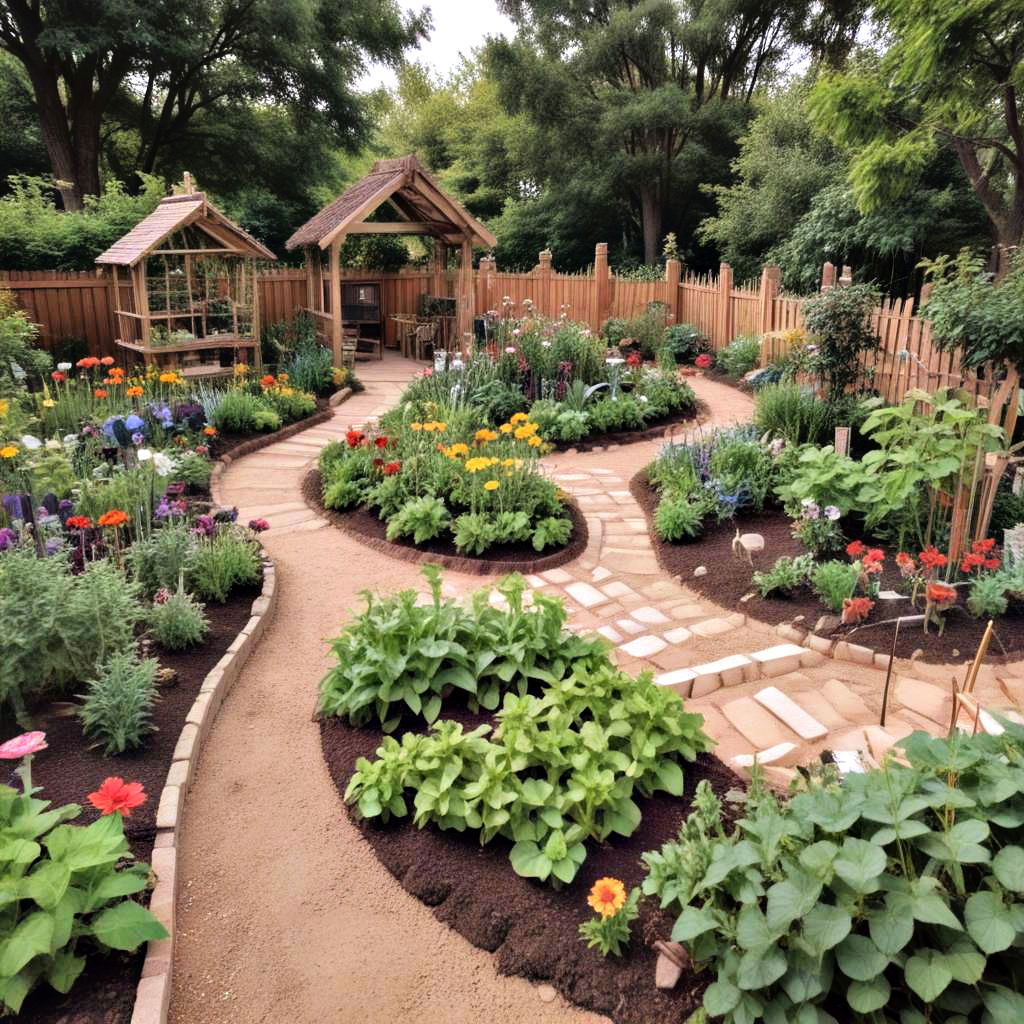
Specifically designed for young explorers, children's gardens are interactive and educational, featuring plants and structures that encourage play and learning. Safe, tactile, and often whimsical, they can include elements like vegetable plots, sunflower houses, and sensory paths, making gardening fun and accessible for the younger generation.
Conclusion:
Creating a beautiful and functional garden starts with choosing the right layout. Whether you're using raised beds, containers, or vertical gardening techniques, optimizing your space ensures that every inch serves a purpose. Garden layouts like herb gardens, butterfly gardens, and pollinator-friendly designs bring added value by supporting biodiversity and sustainability. By thoughtfully combining elements like aesthetics, practicality, and environmental consciousness, you can craft a garden that not only enhances your outdoor space but also contributes positively to the ecosystem.
Key Points:
- Maximizing Space: Garden layouts such as raised beds, vertical gardens, and container gardening help optimize limited outdoor areas by utilizing different heights and arrangements.
- Garden Variety: There are diverse garden types—ranging from formal gardens to cottage or wildlife gardens—that cater to different aesthetic and functional goals.
- Specialized Gardens: Some layouts are designed to serve specific purposes, like butterfly or pollinator gardens that support ecosystems, or herb and edible gardens that offer fresh produce.
- Environmentally Friendly Choices: Layouts like xeriscape or native plant gardens focus on sustainability, conserving water and supporting local wildlife.
- Aesthetic Appeal: Gardens like Japanese, water, and rock gardens emphasize tranquility and visual harmony, offering a calm, meditative space.
What to Do Next:
- Assess Your Space: Measure your available outdoor area and evaluate factors like sunlight, soil, and water availability.
- Determine Your Goals: Decide what you want from your garden—food production, a wildlife-friendly space, or a decorative retreat.
- Choose a Layout: Select the garden layout that best matches your needs, keeping in mind aesthetics, functionality, and environmental impact.
- Start Small: Begin with one manageable area or layout, like a raised bed or container garden, and expand as your experience grows.

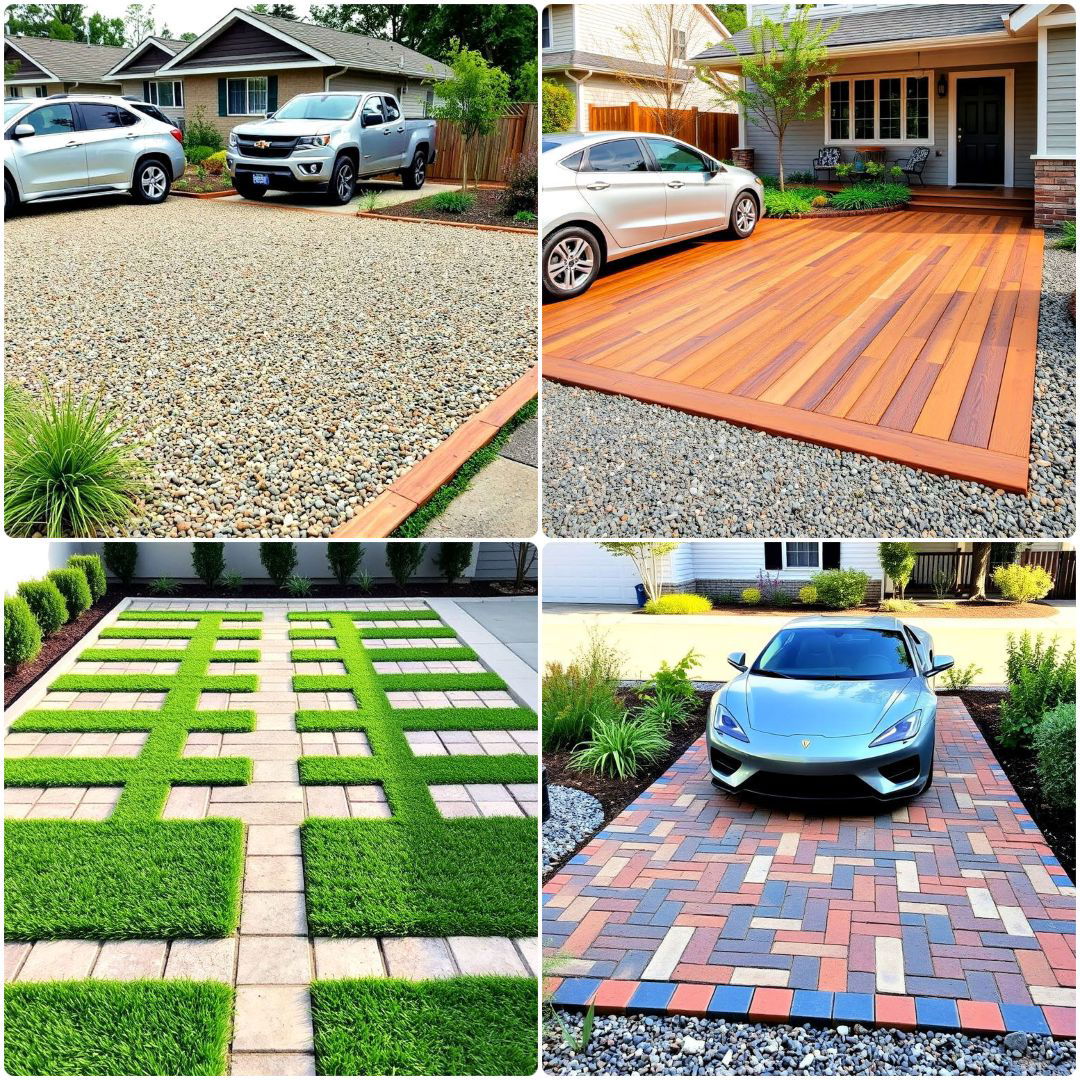
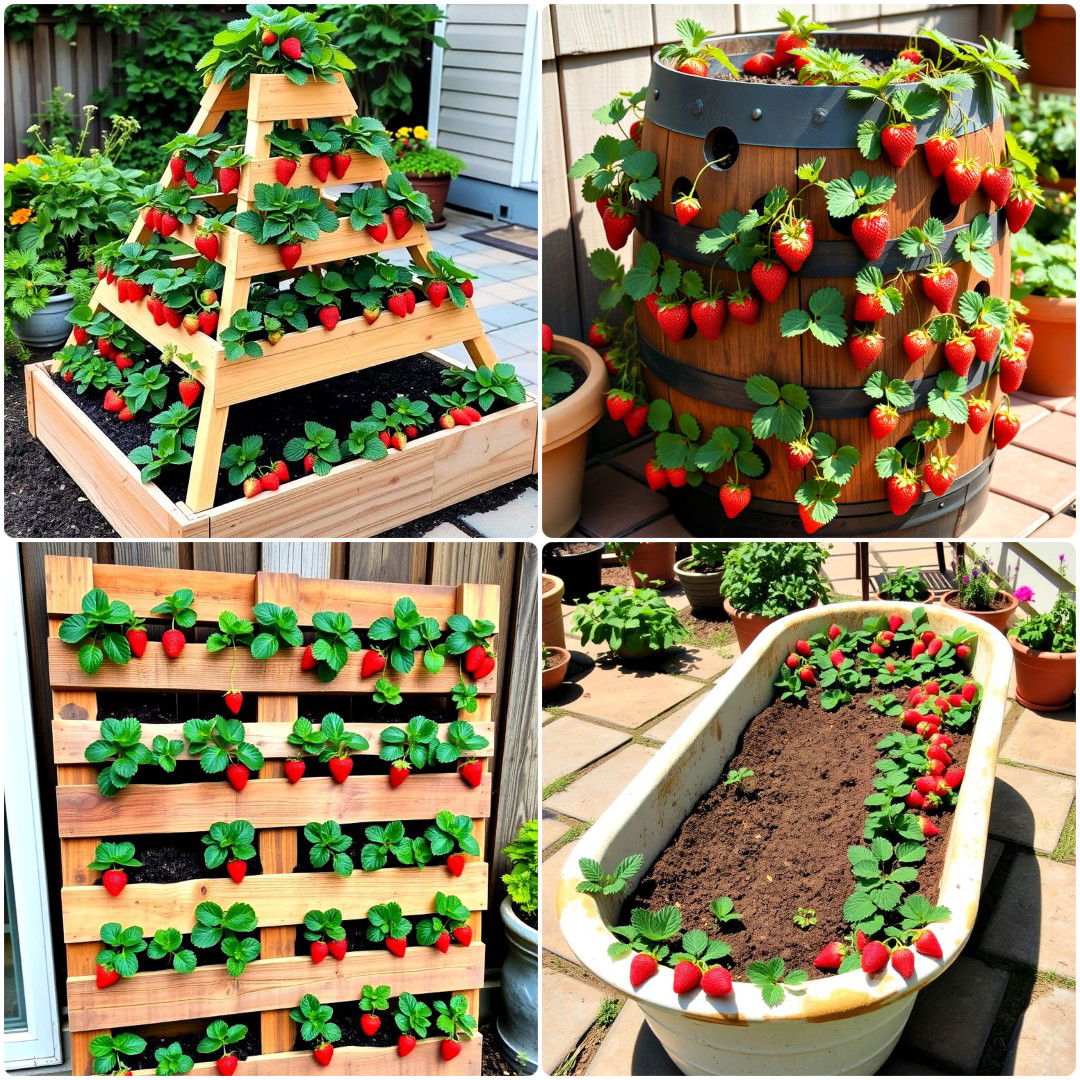
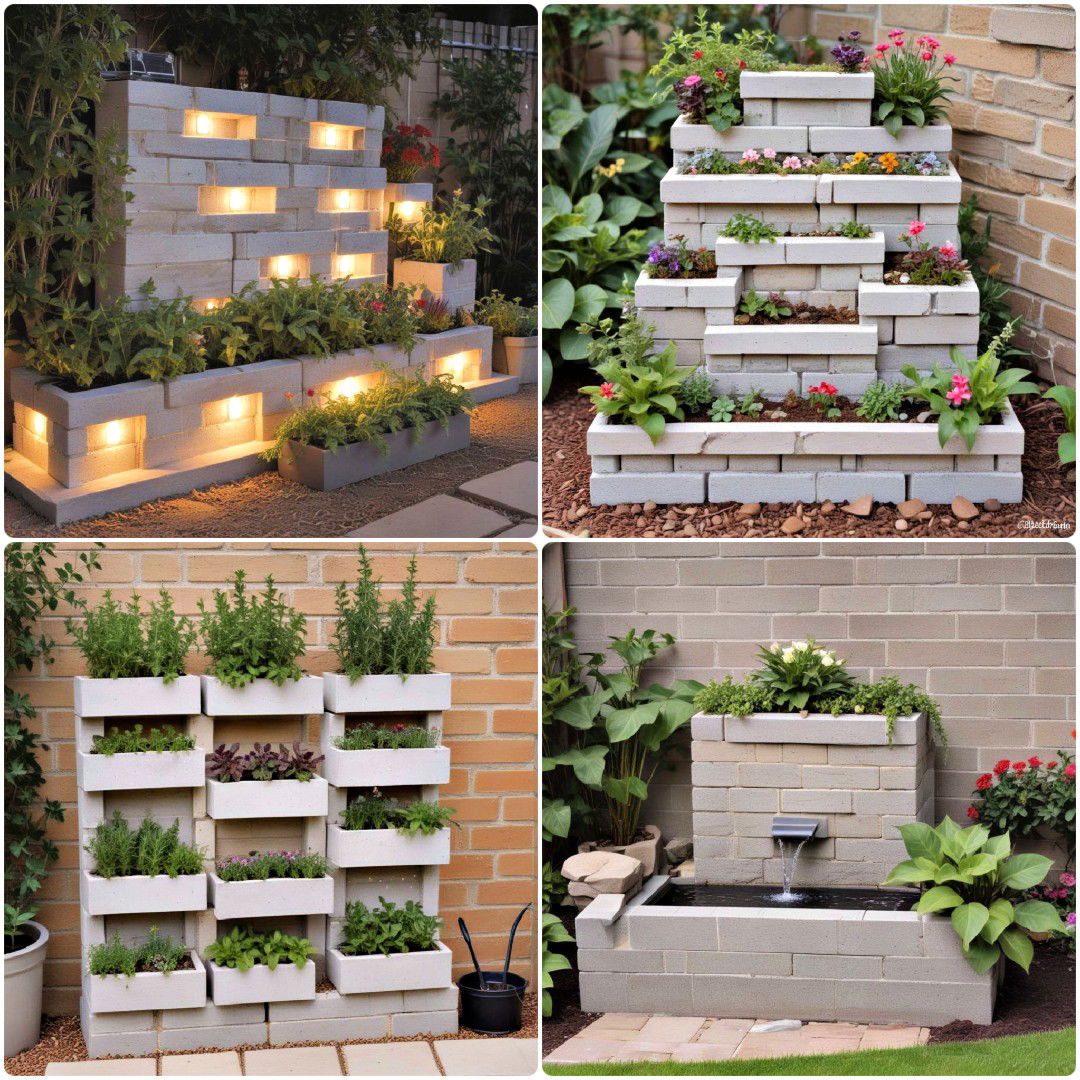
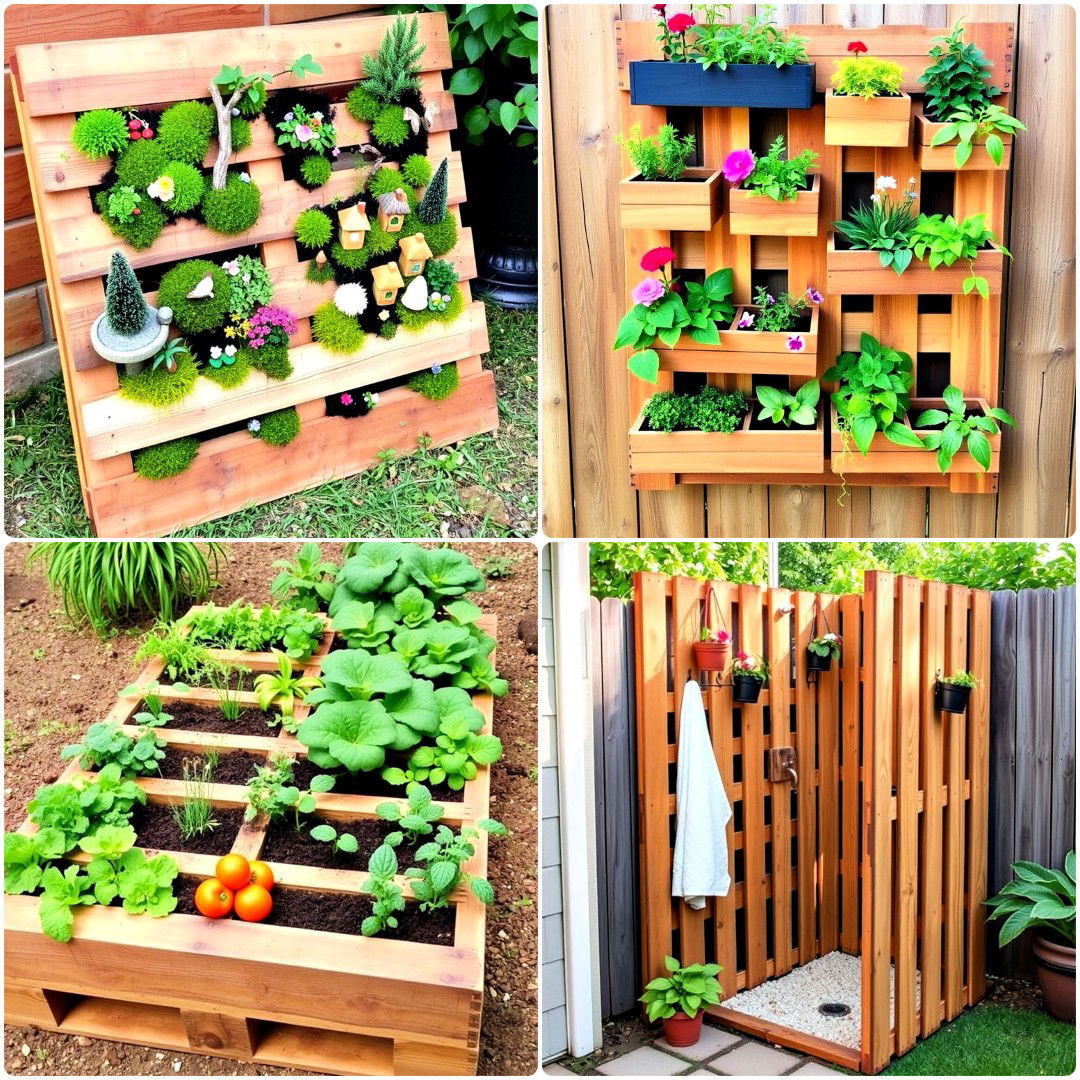
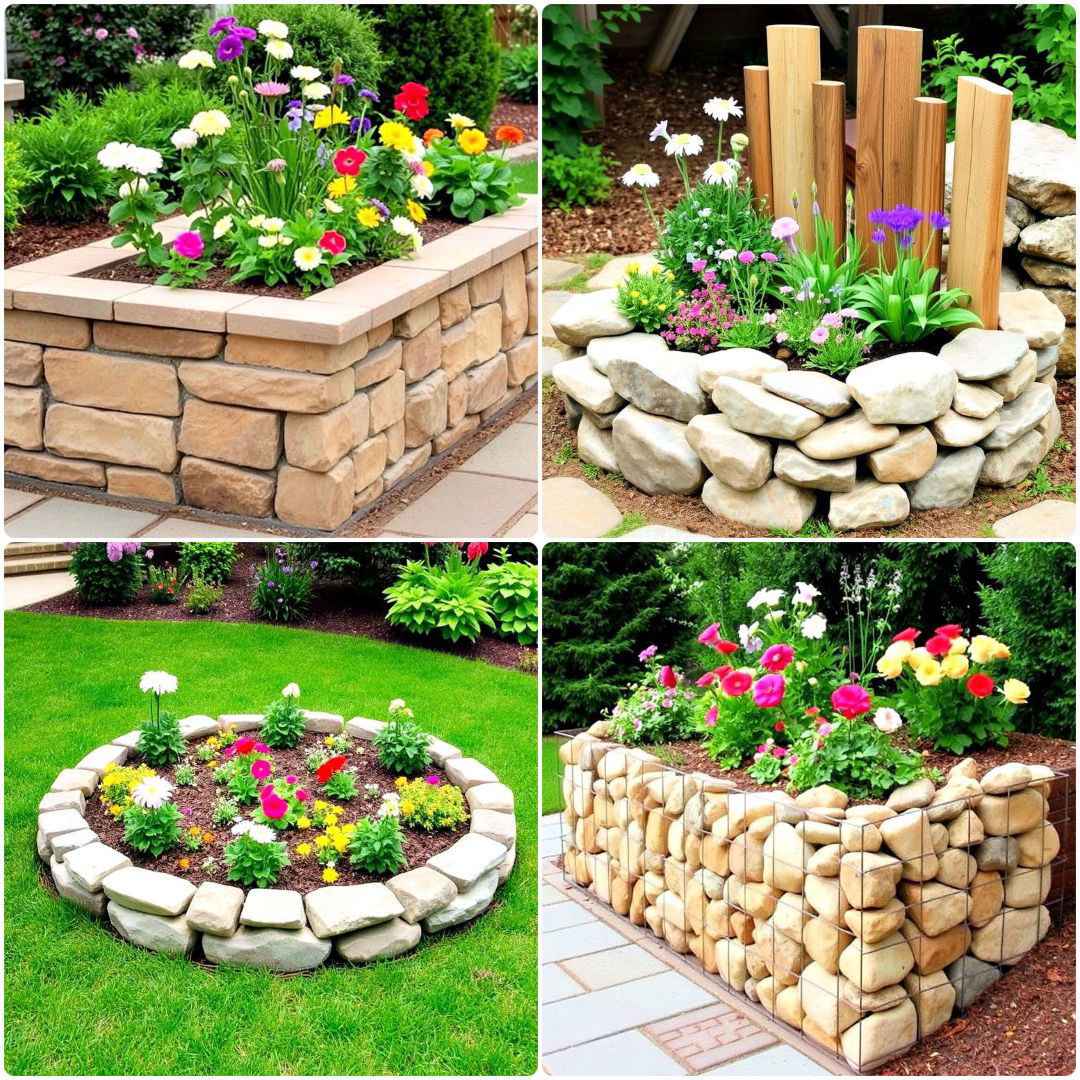
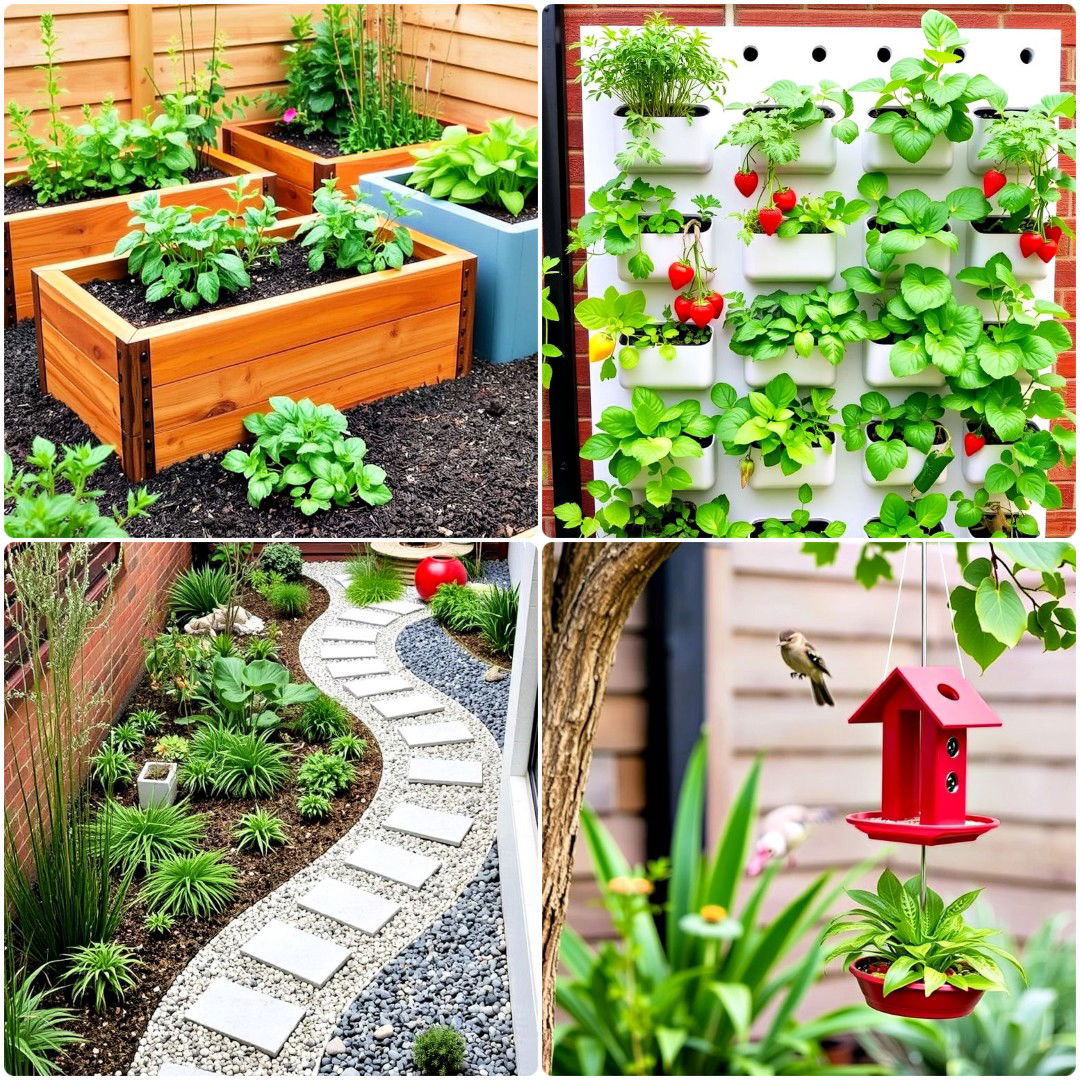
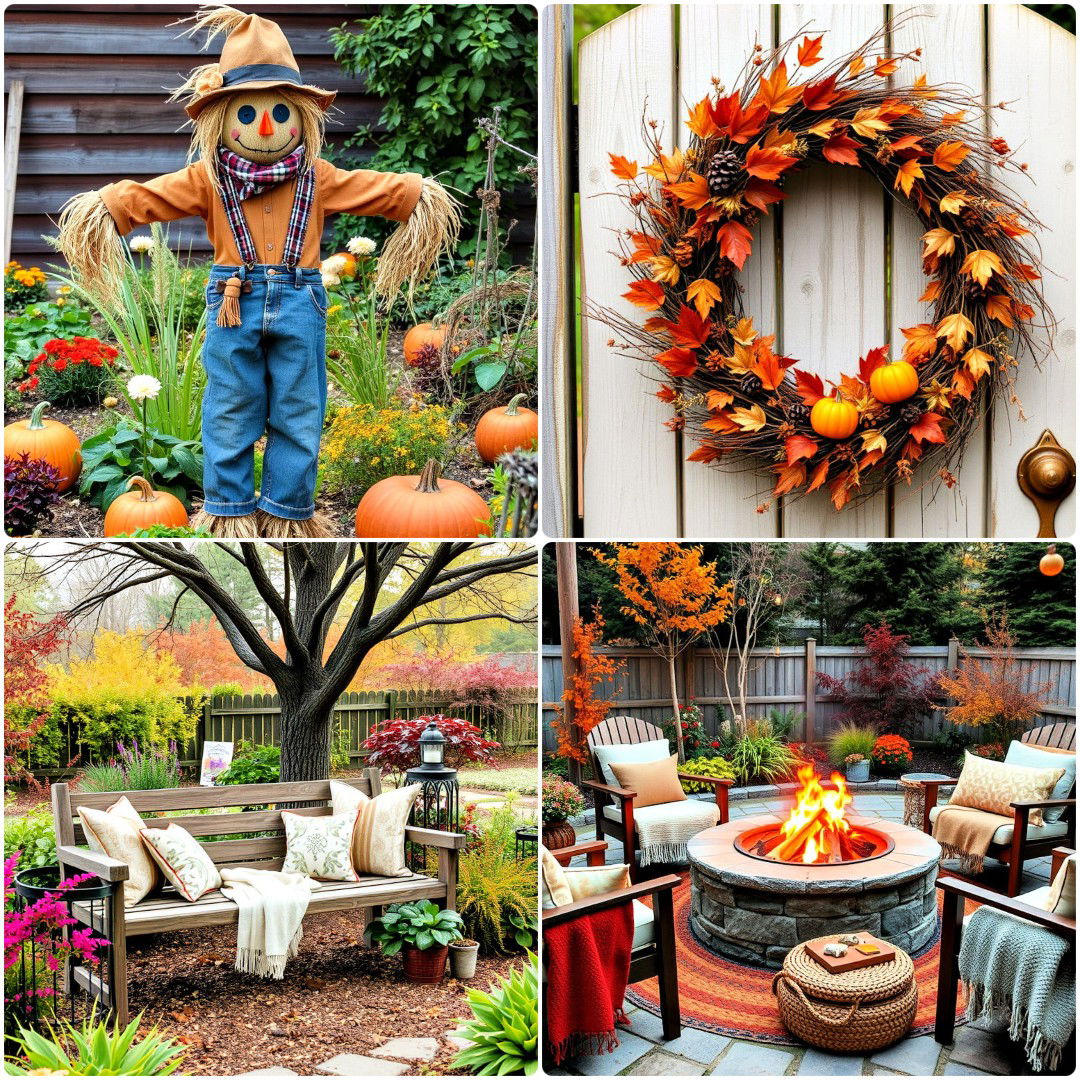
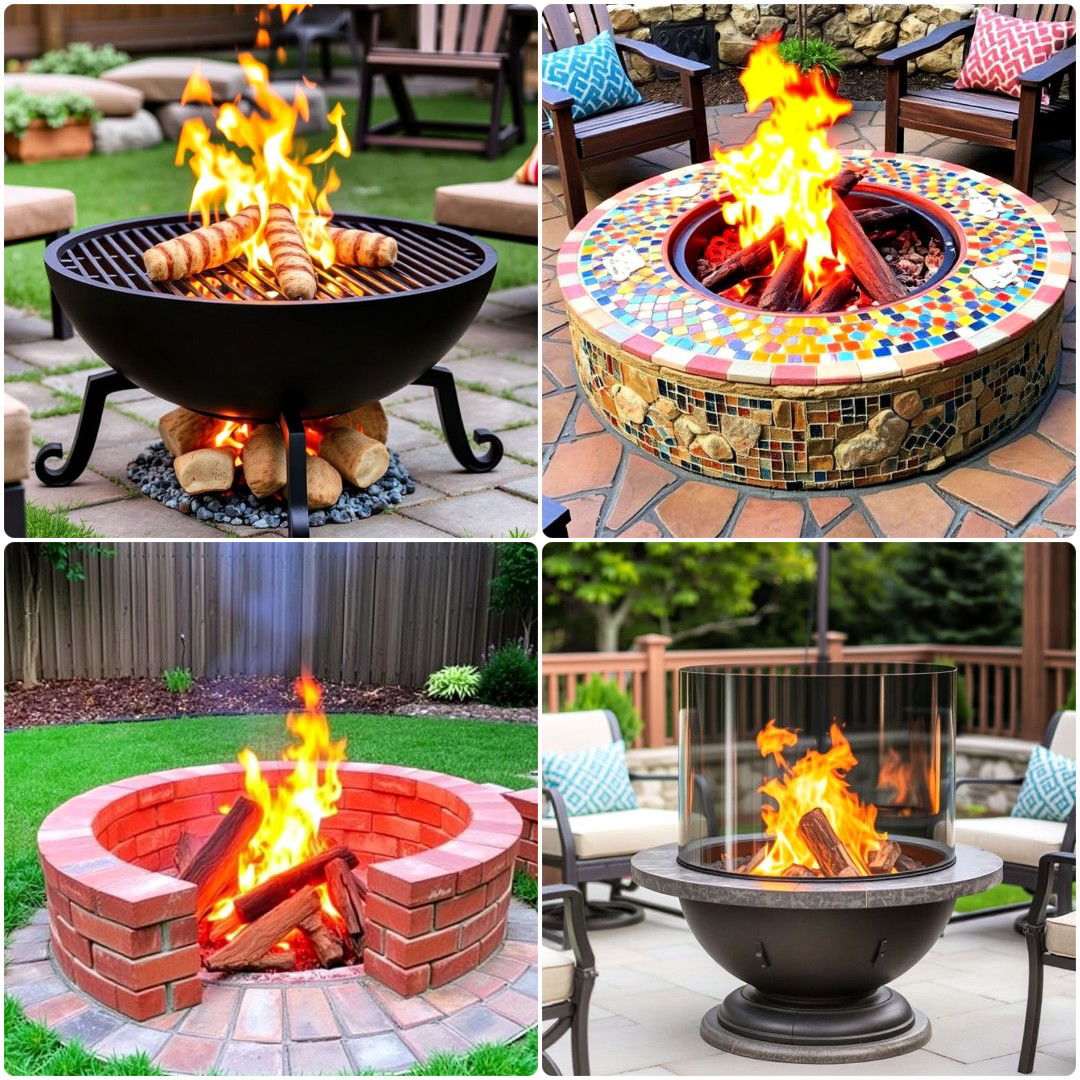
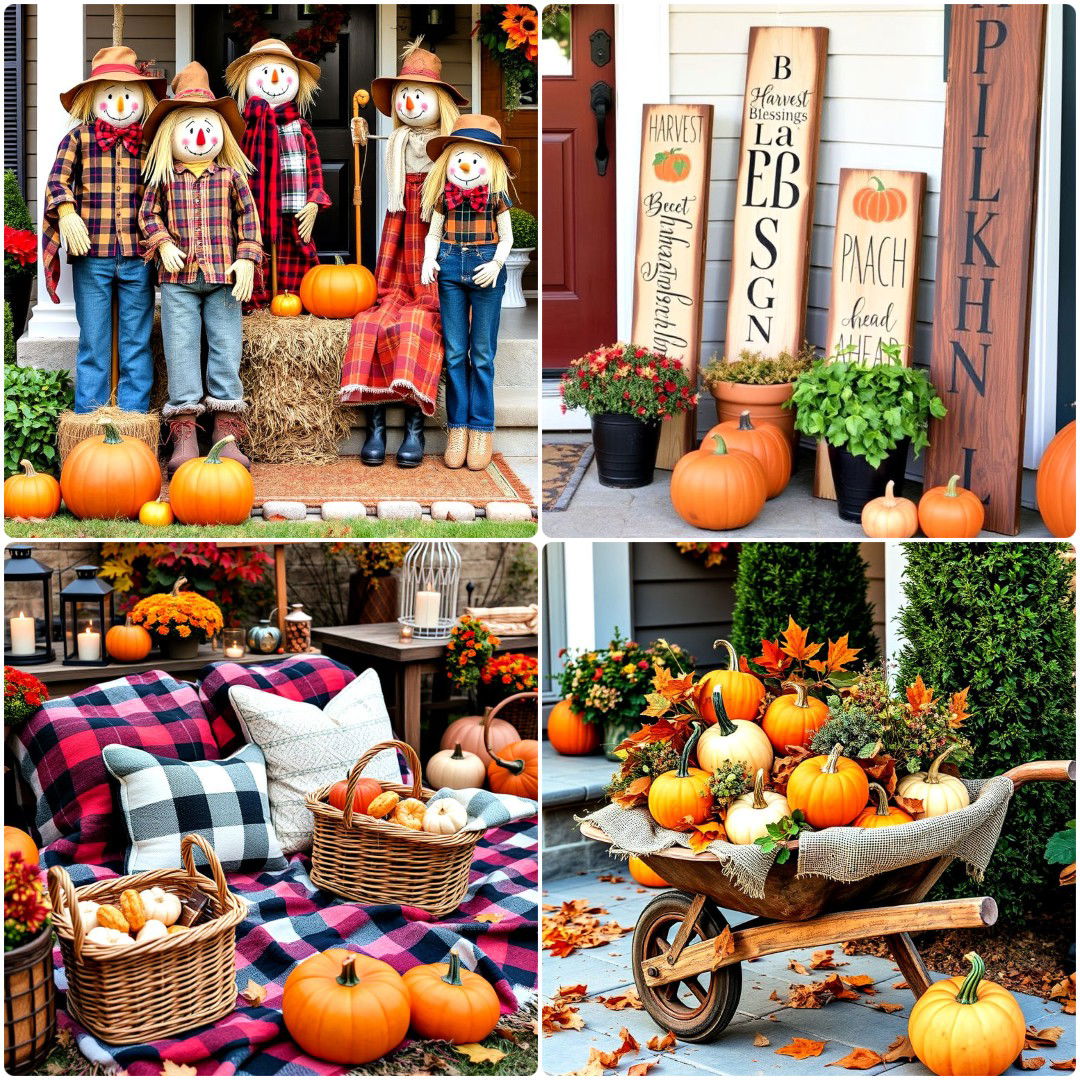
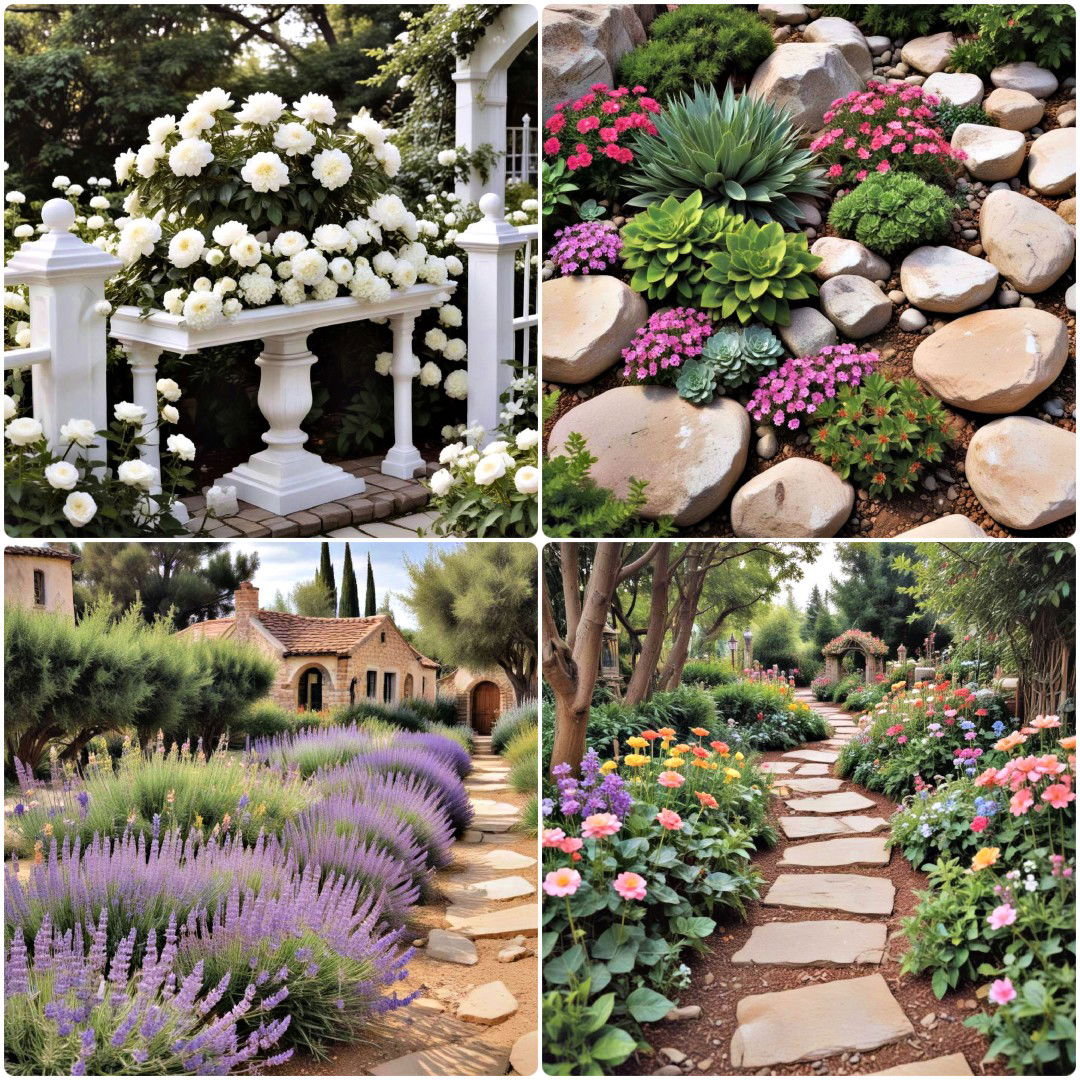
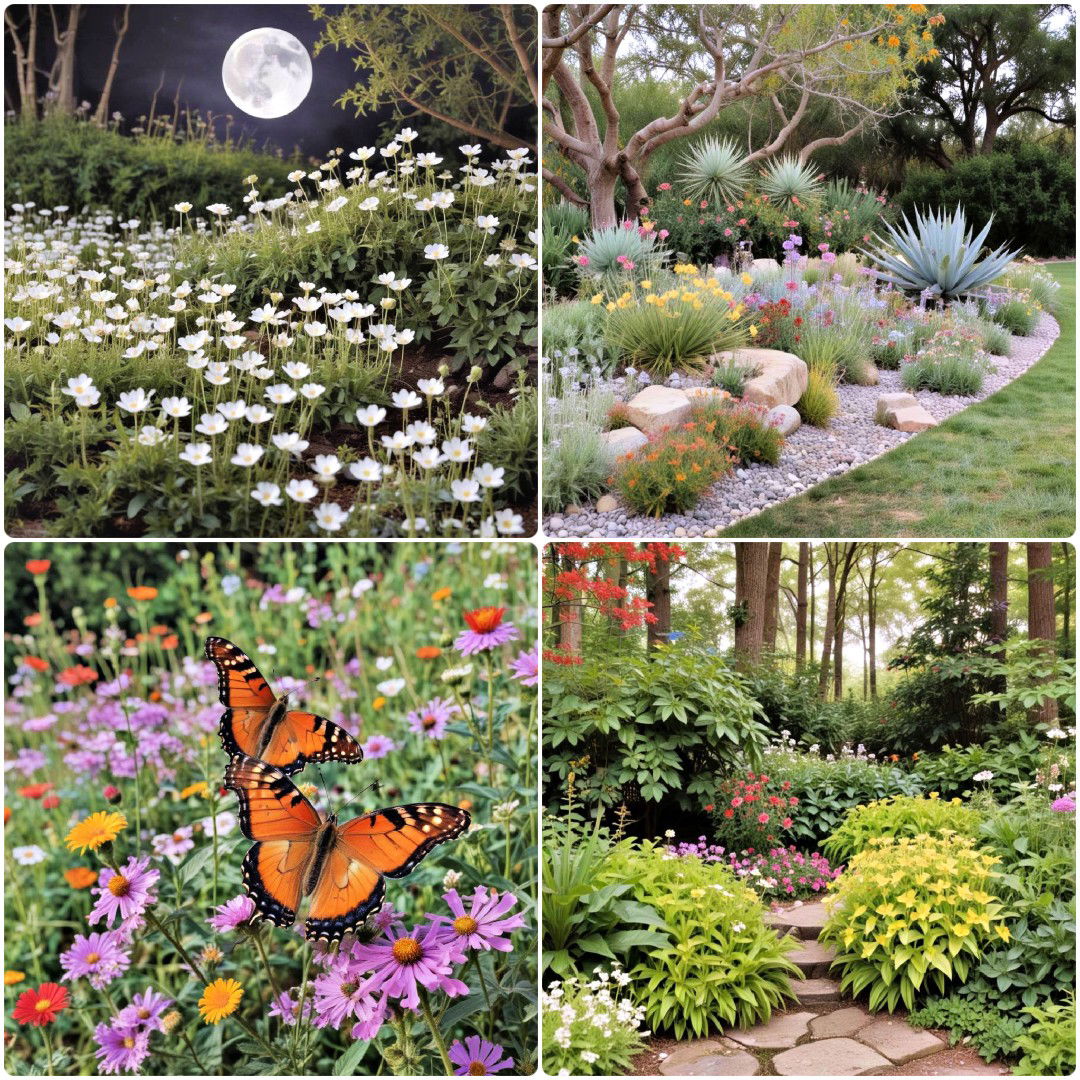
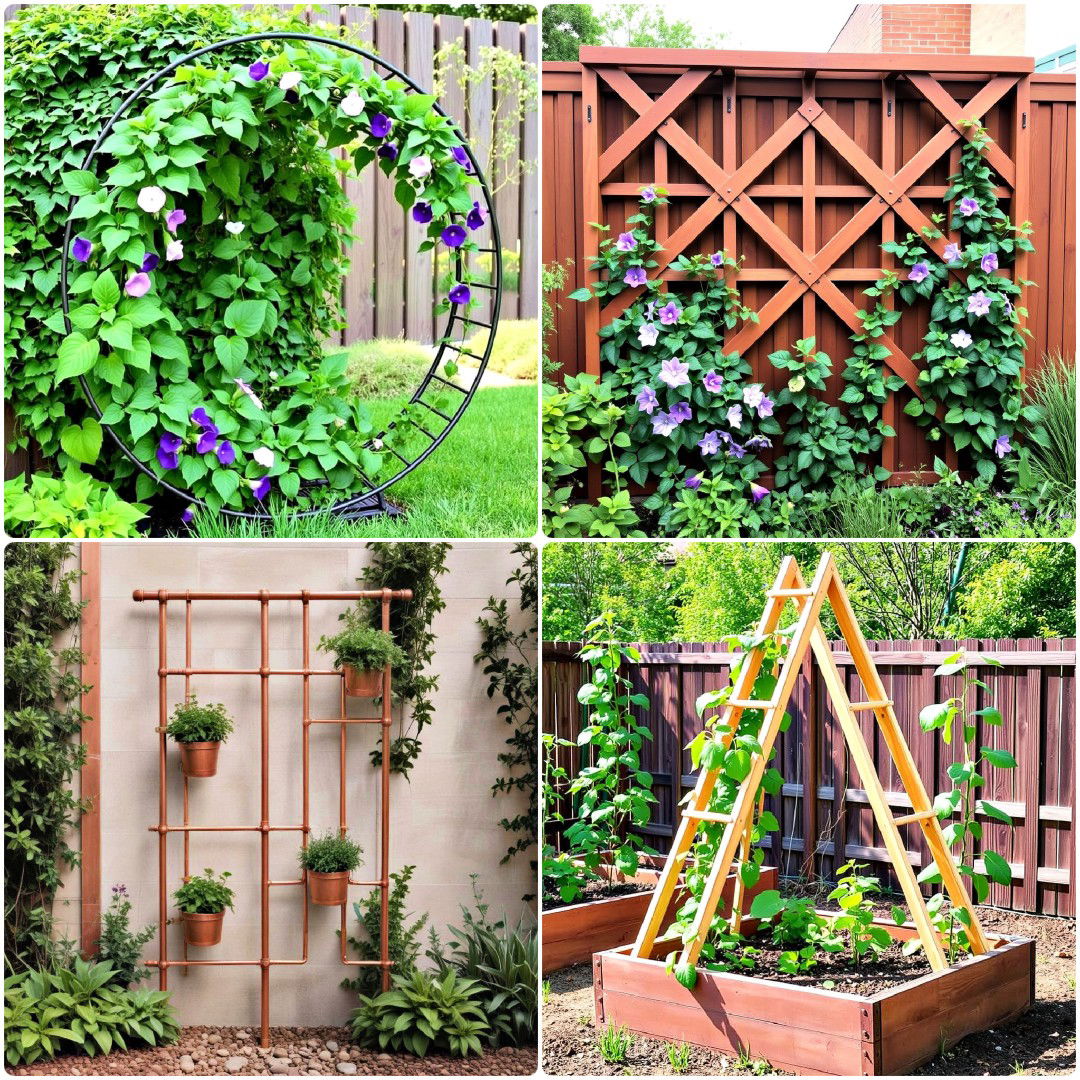

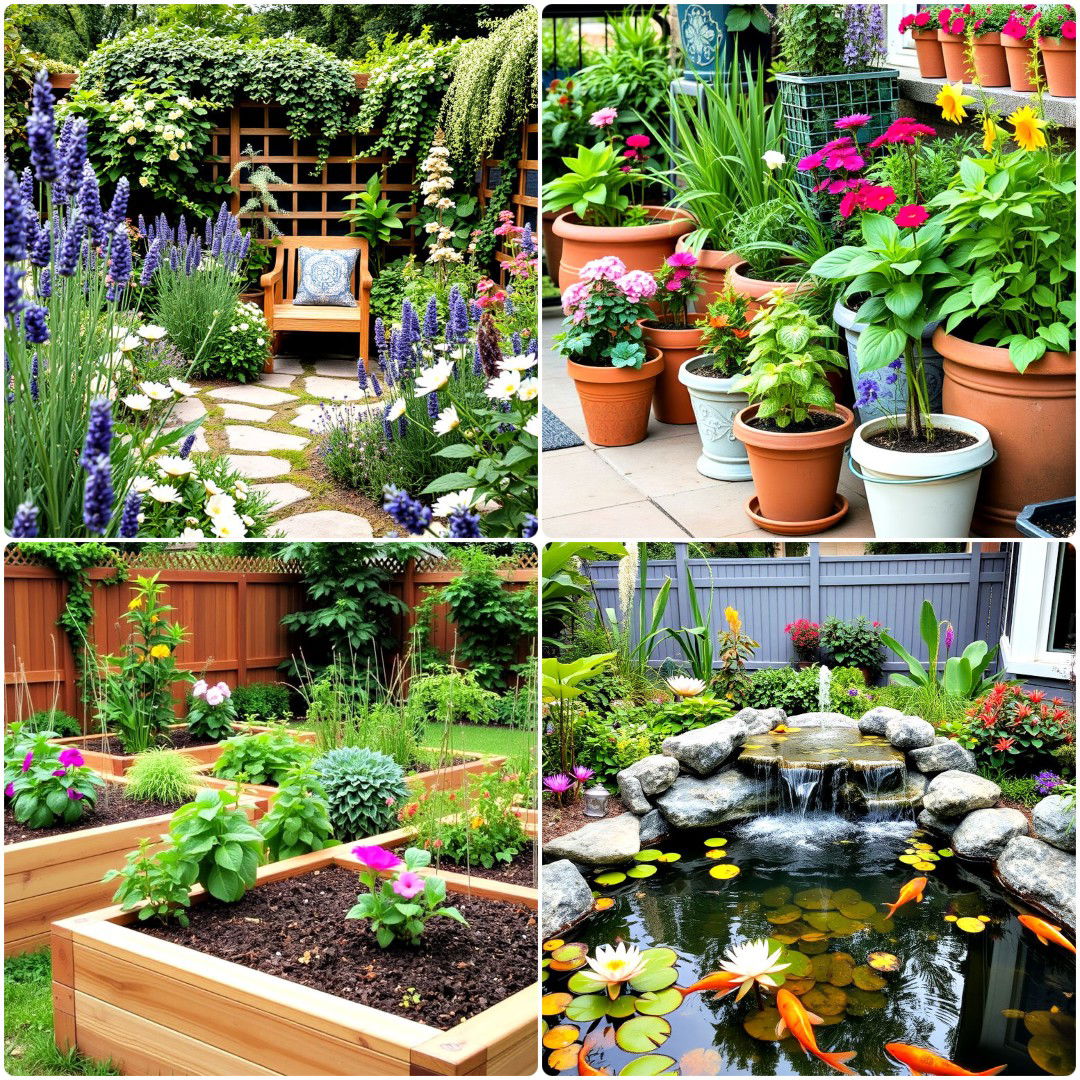
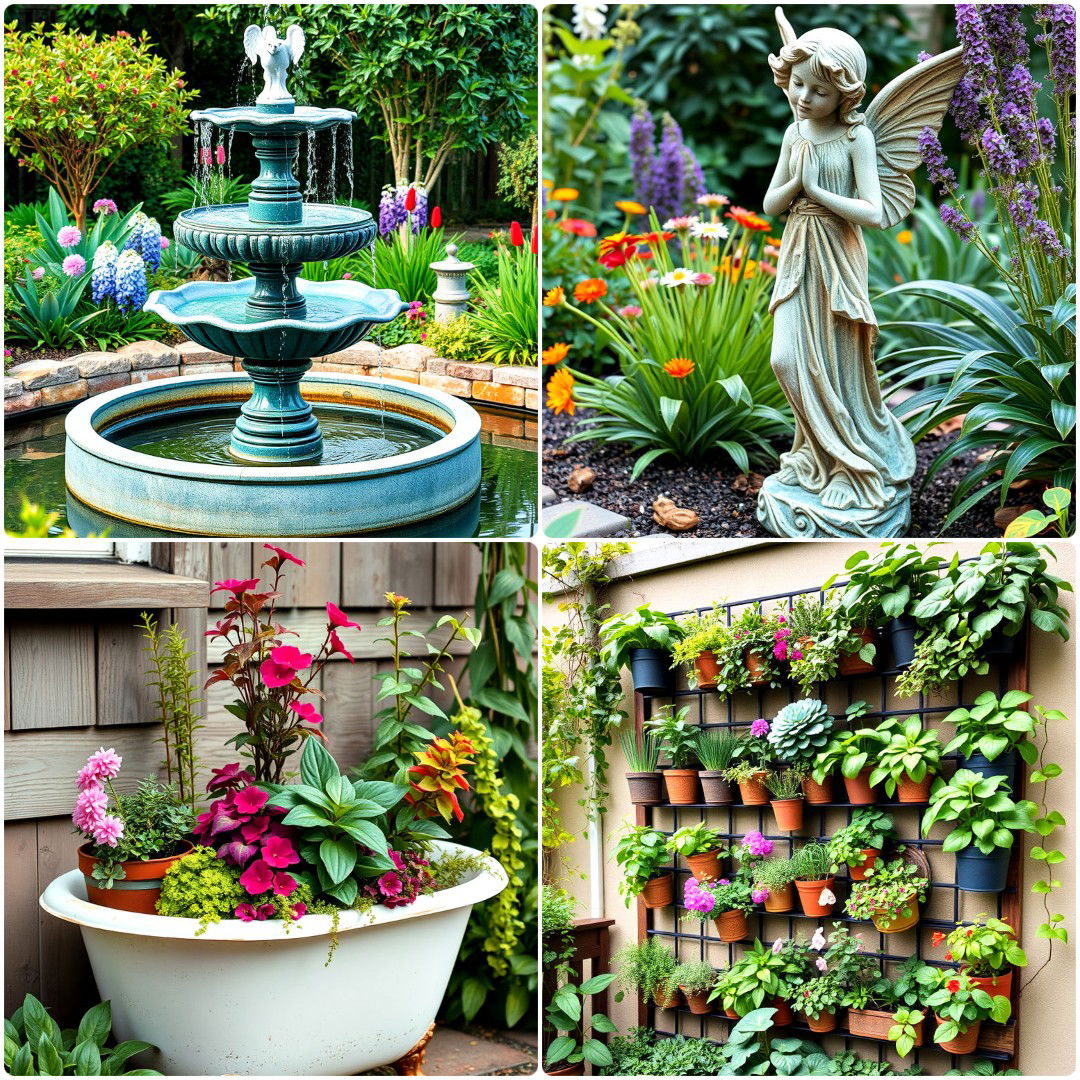
Leave a Reply